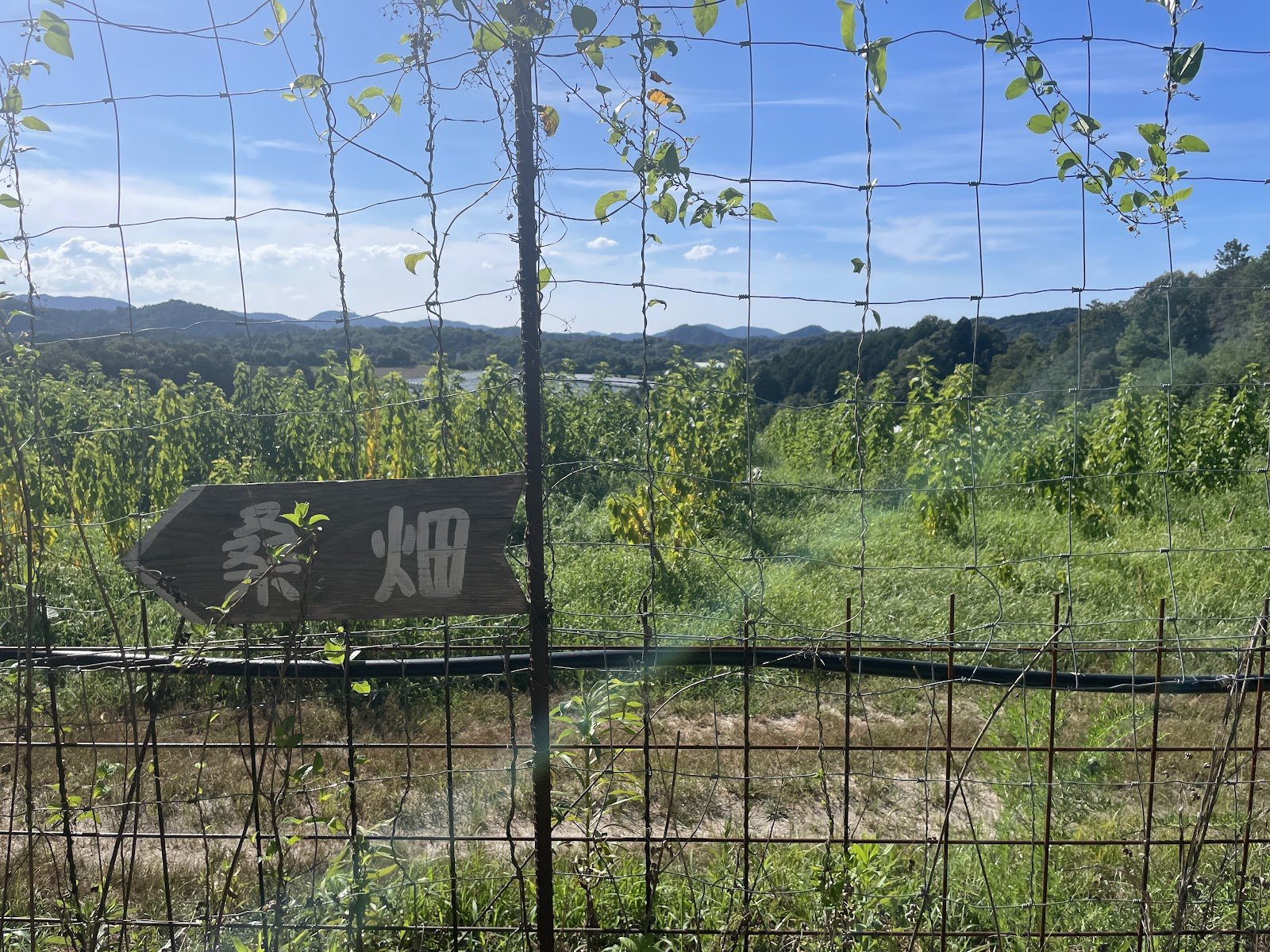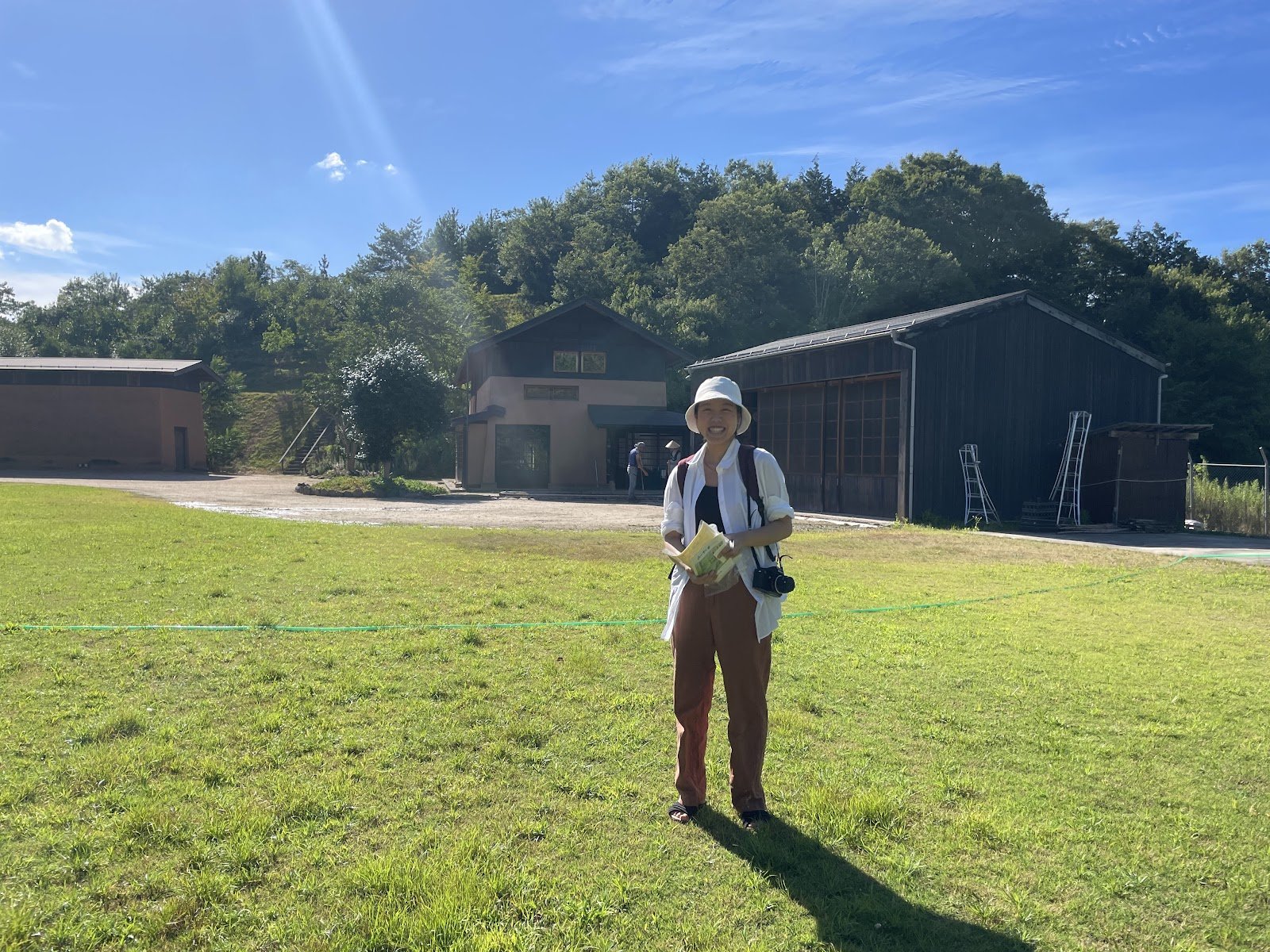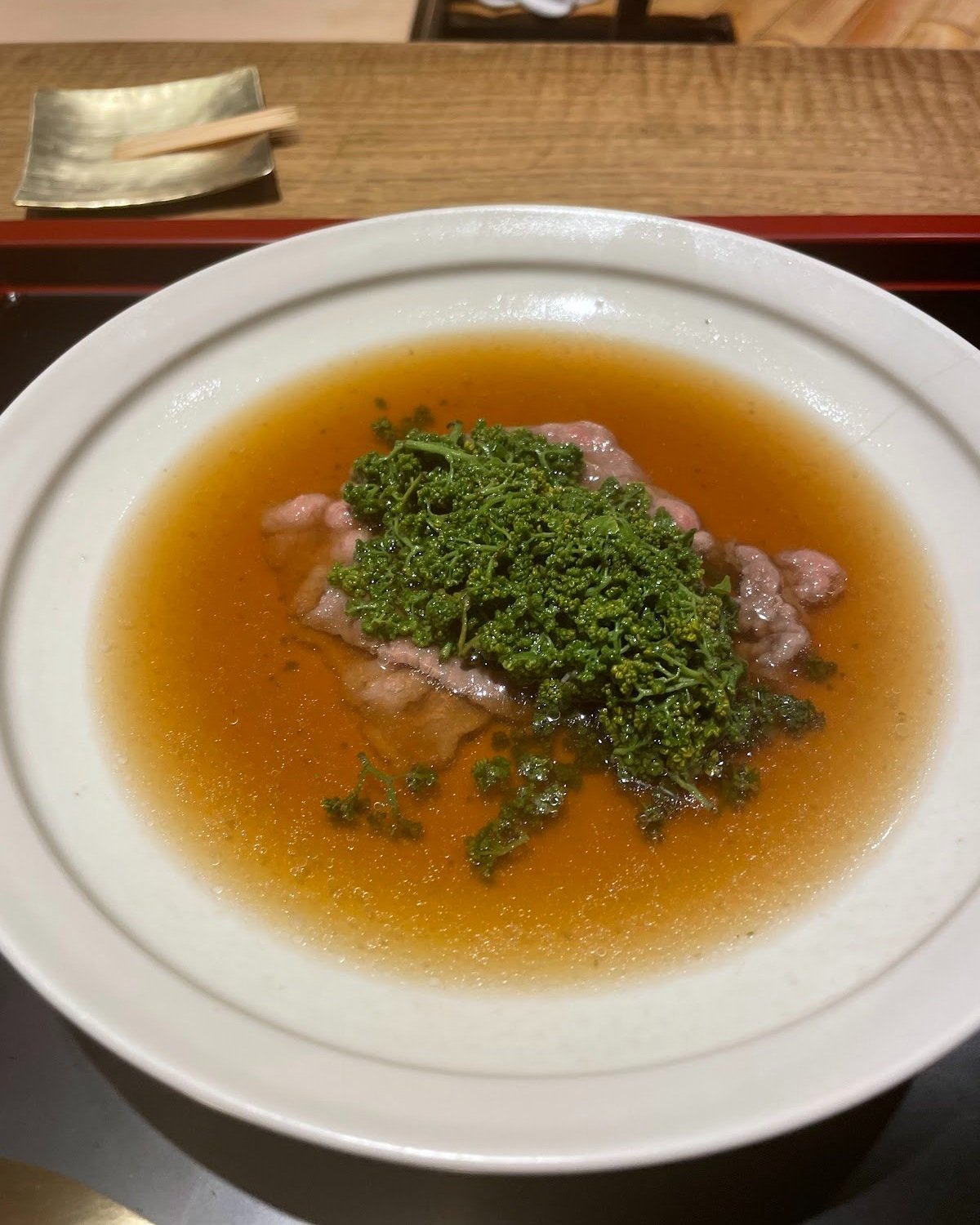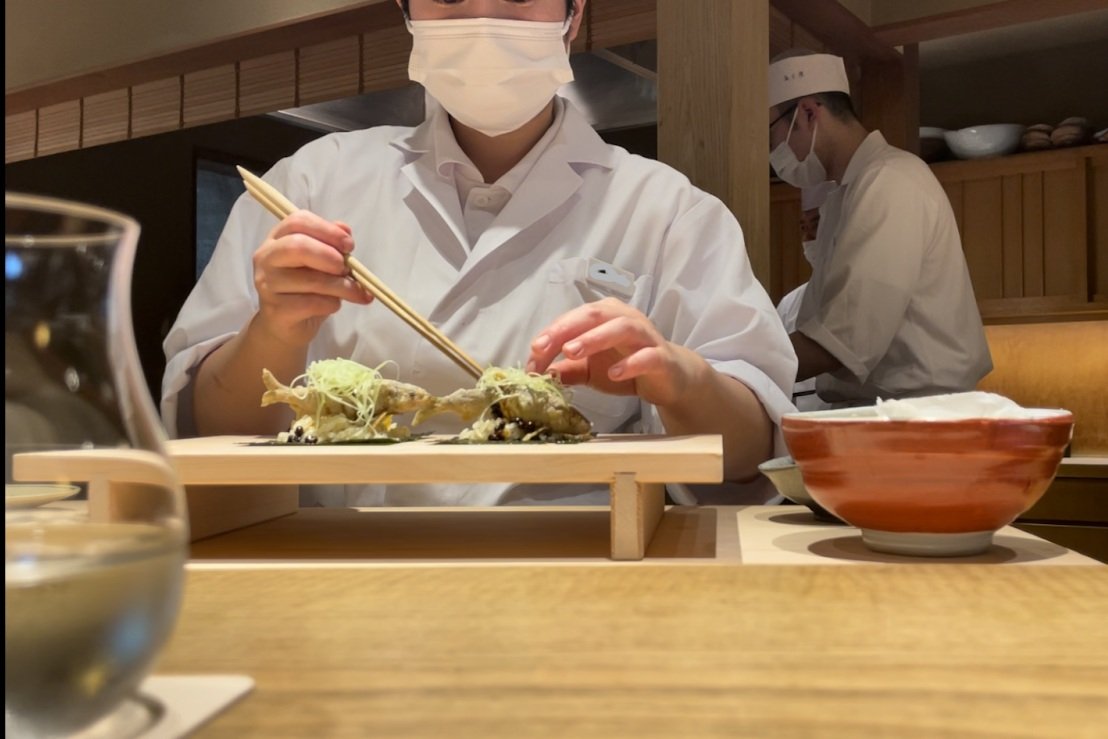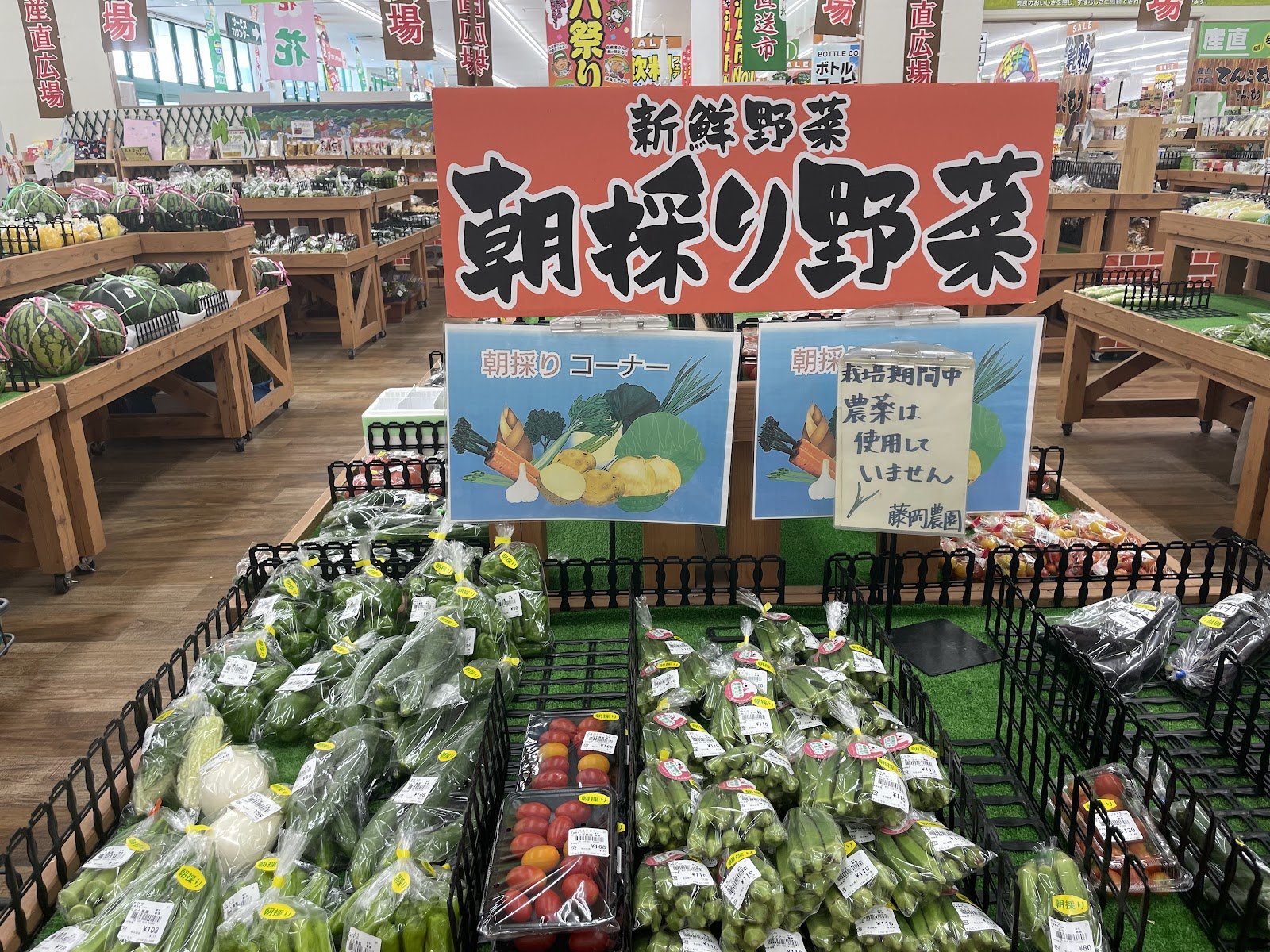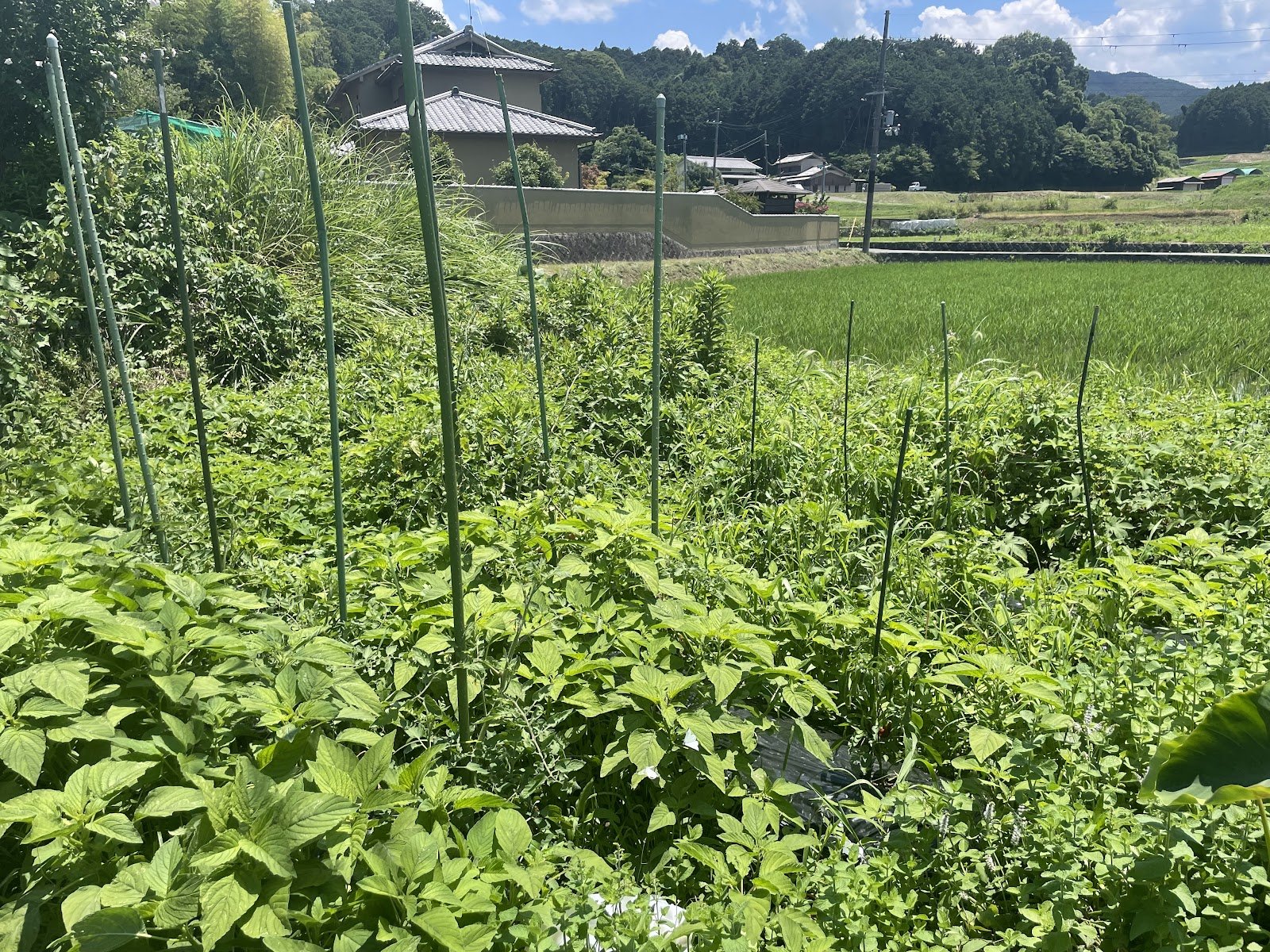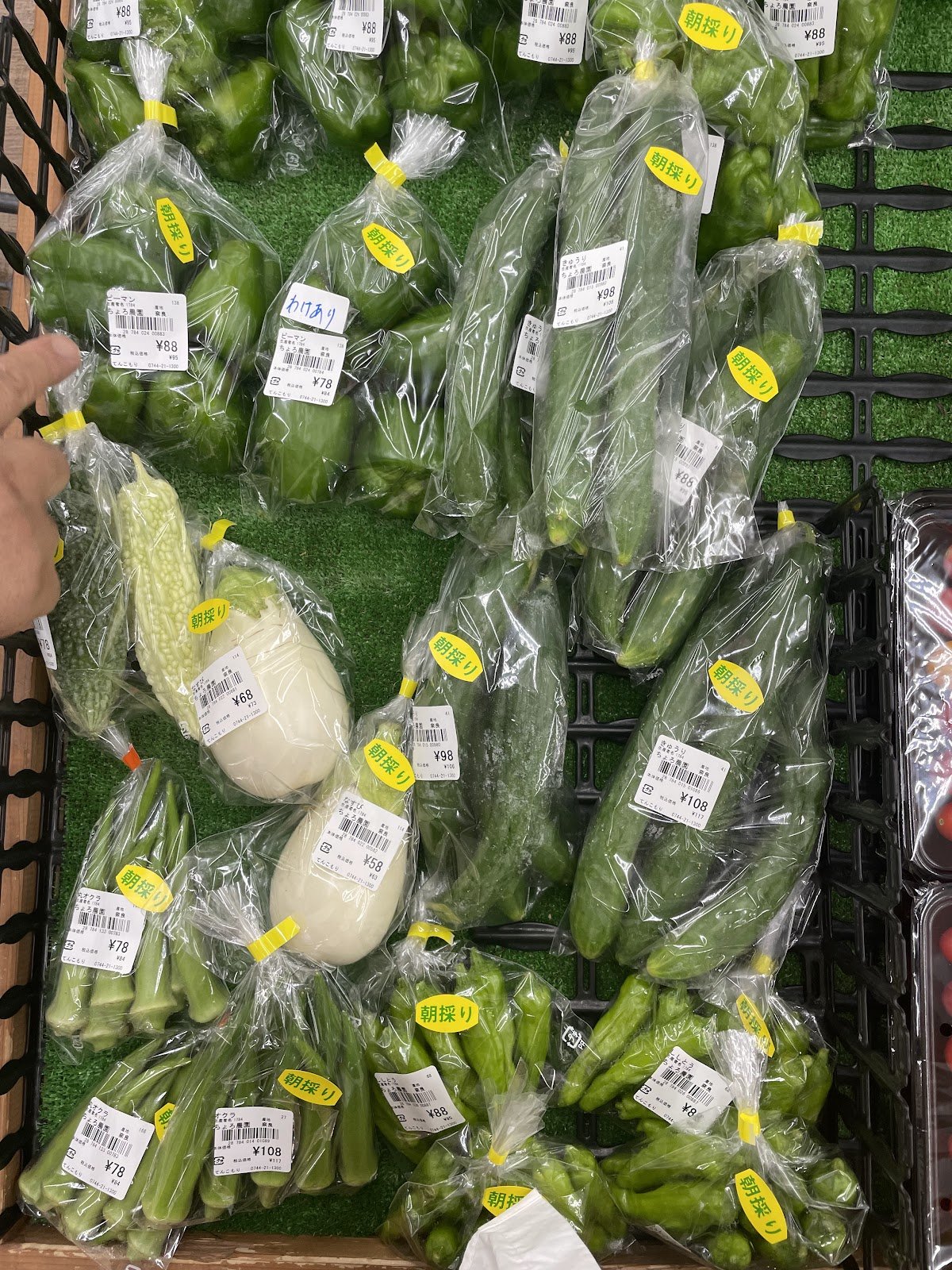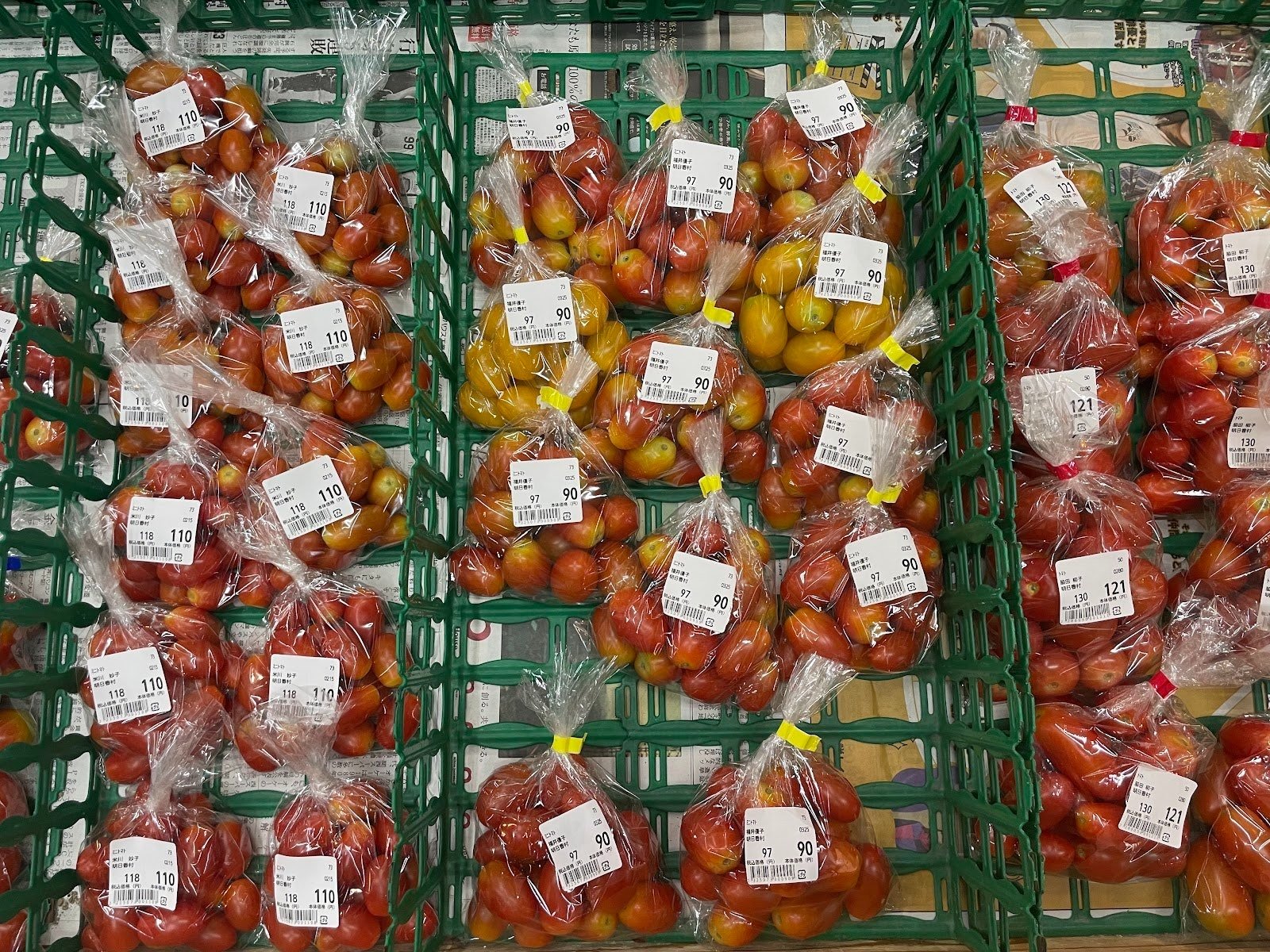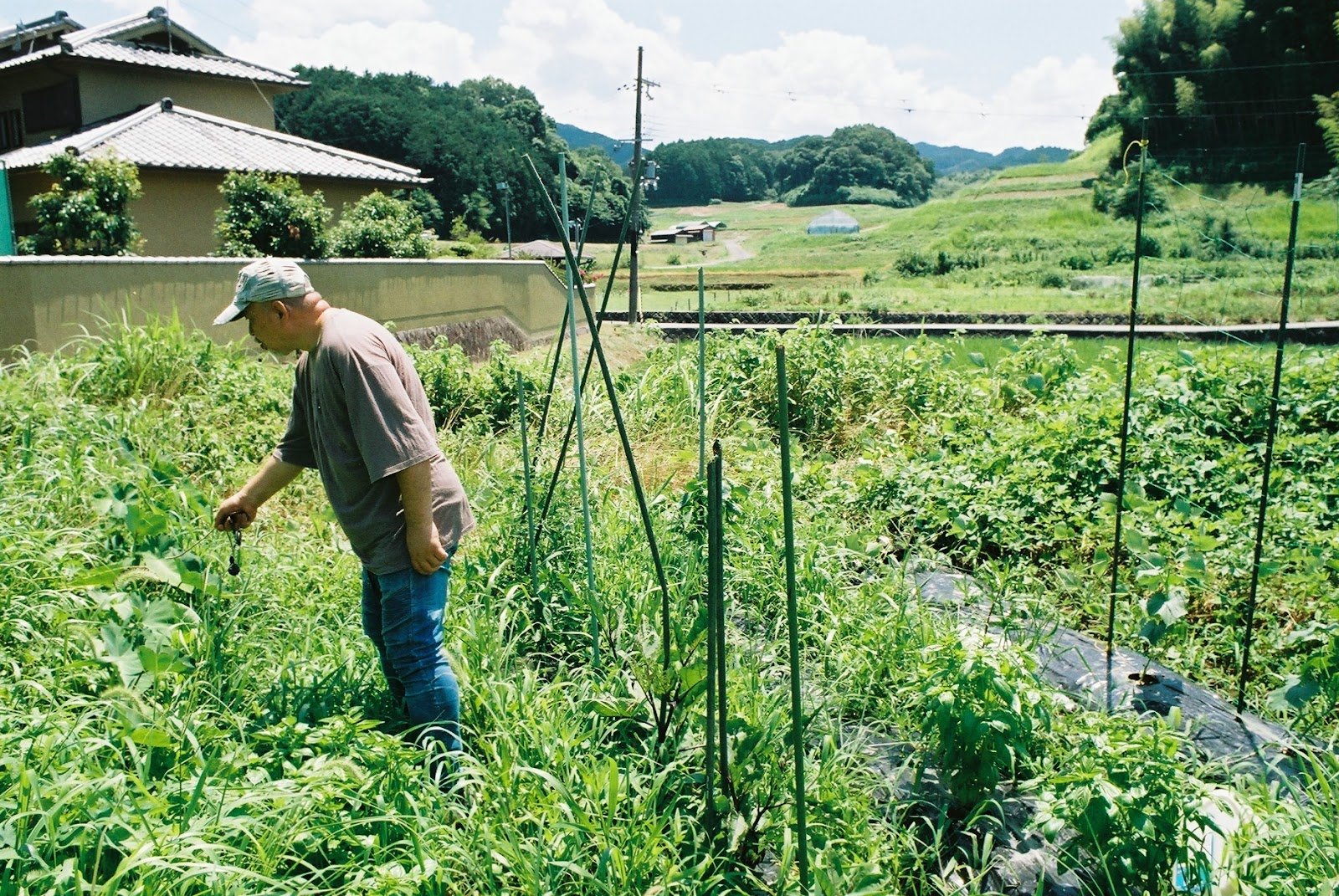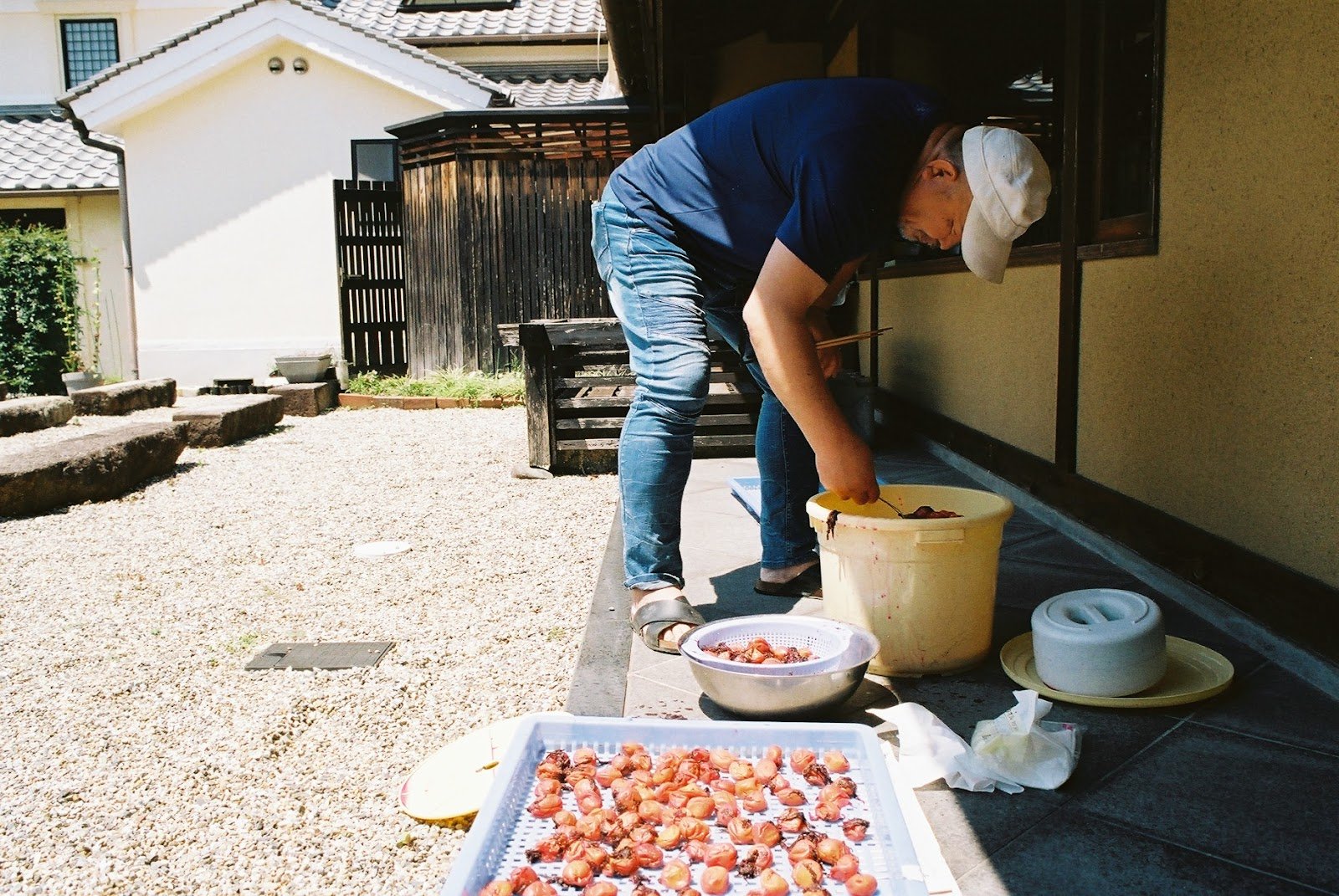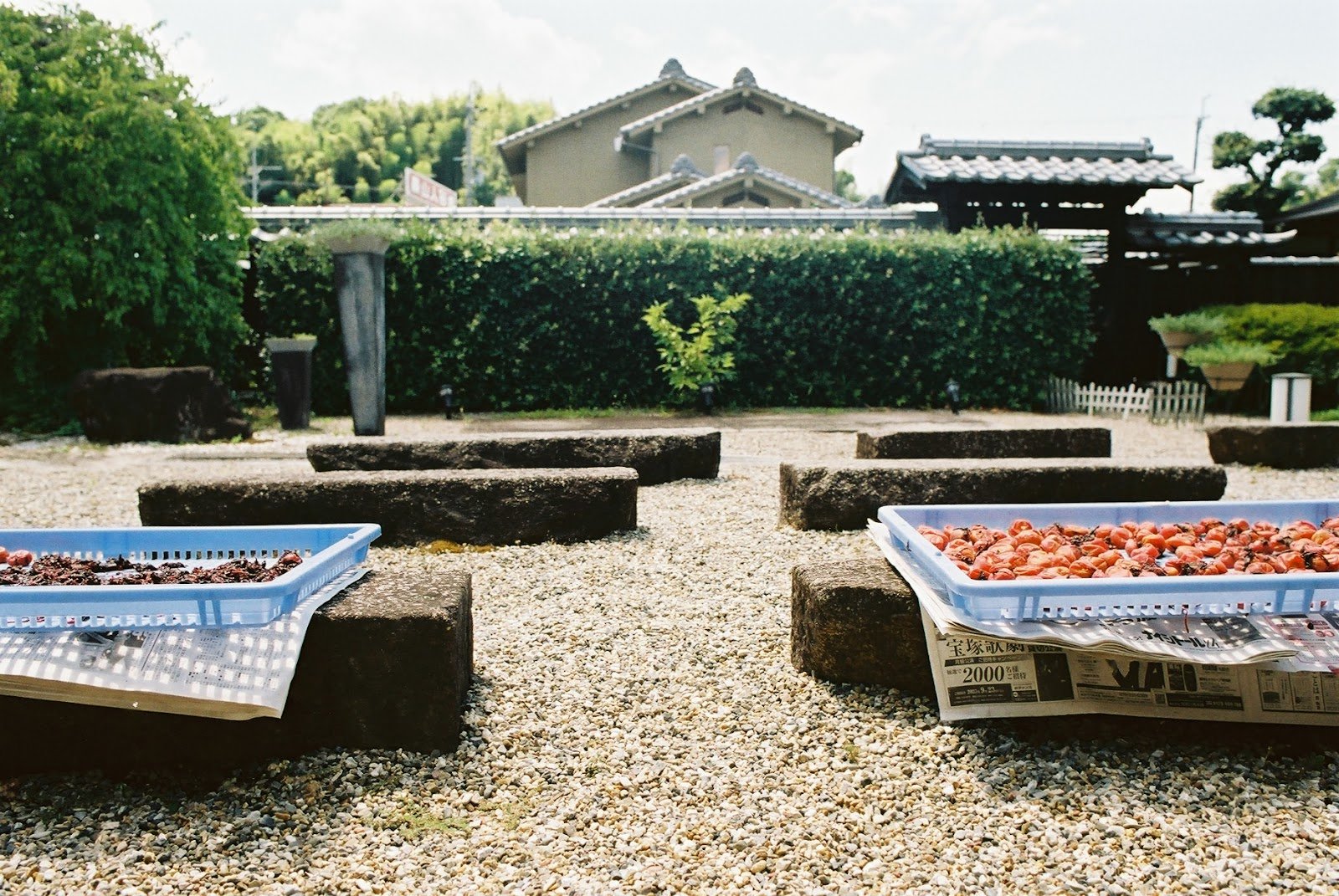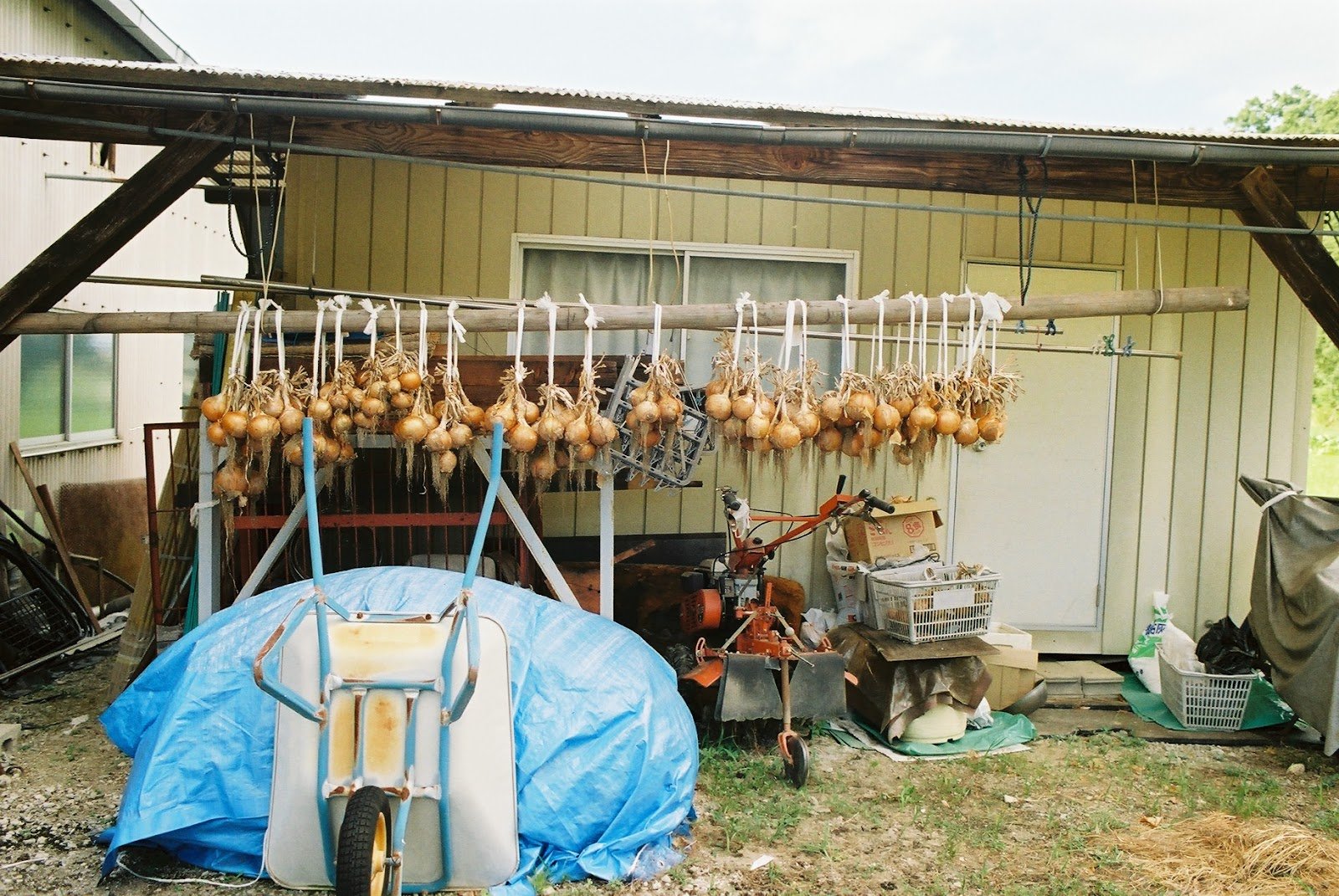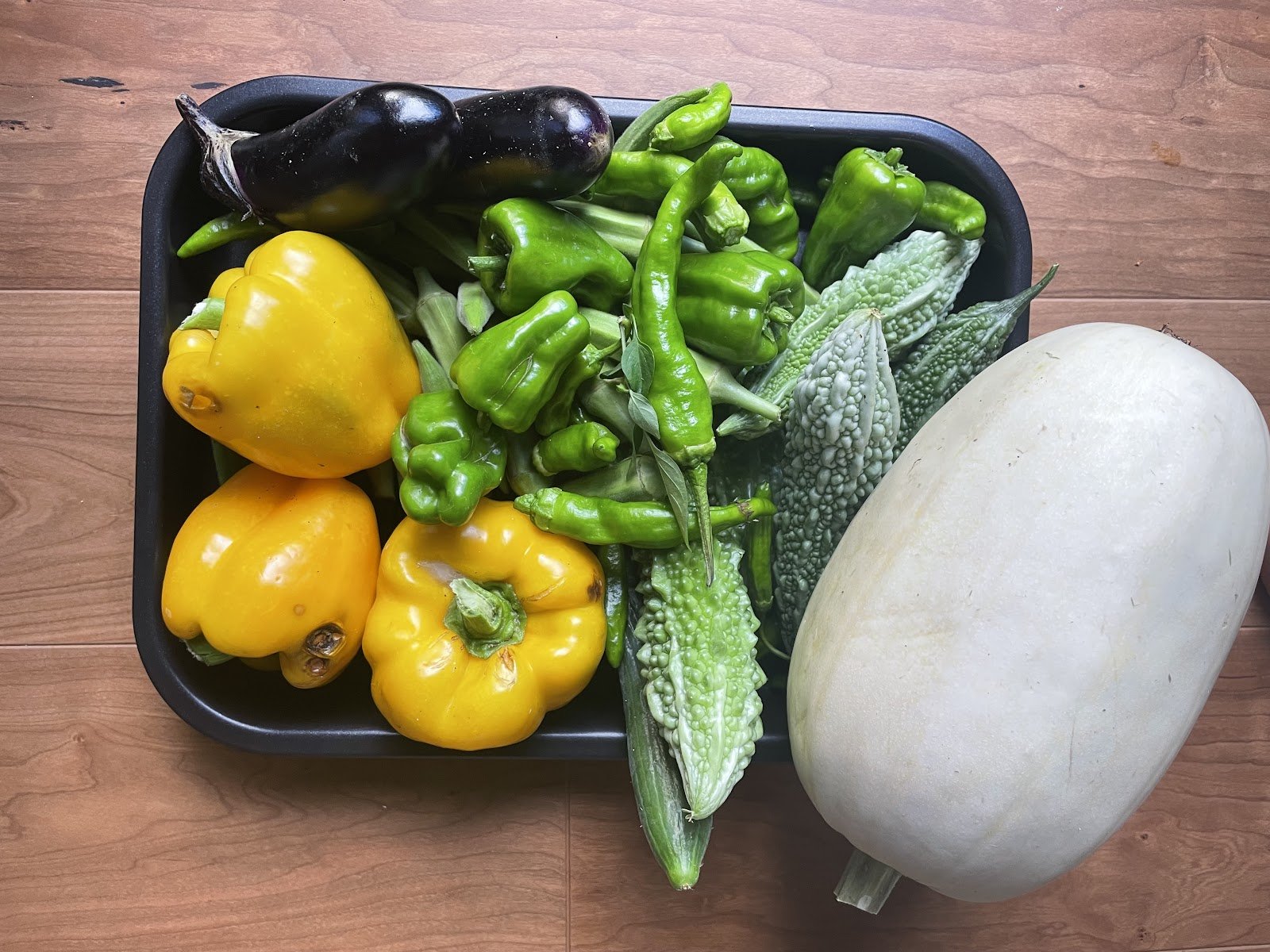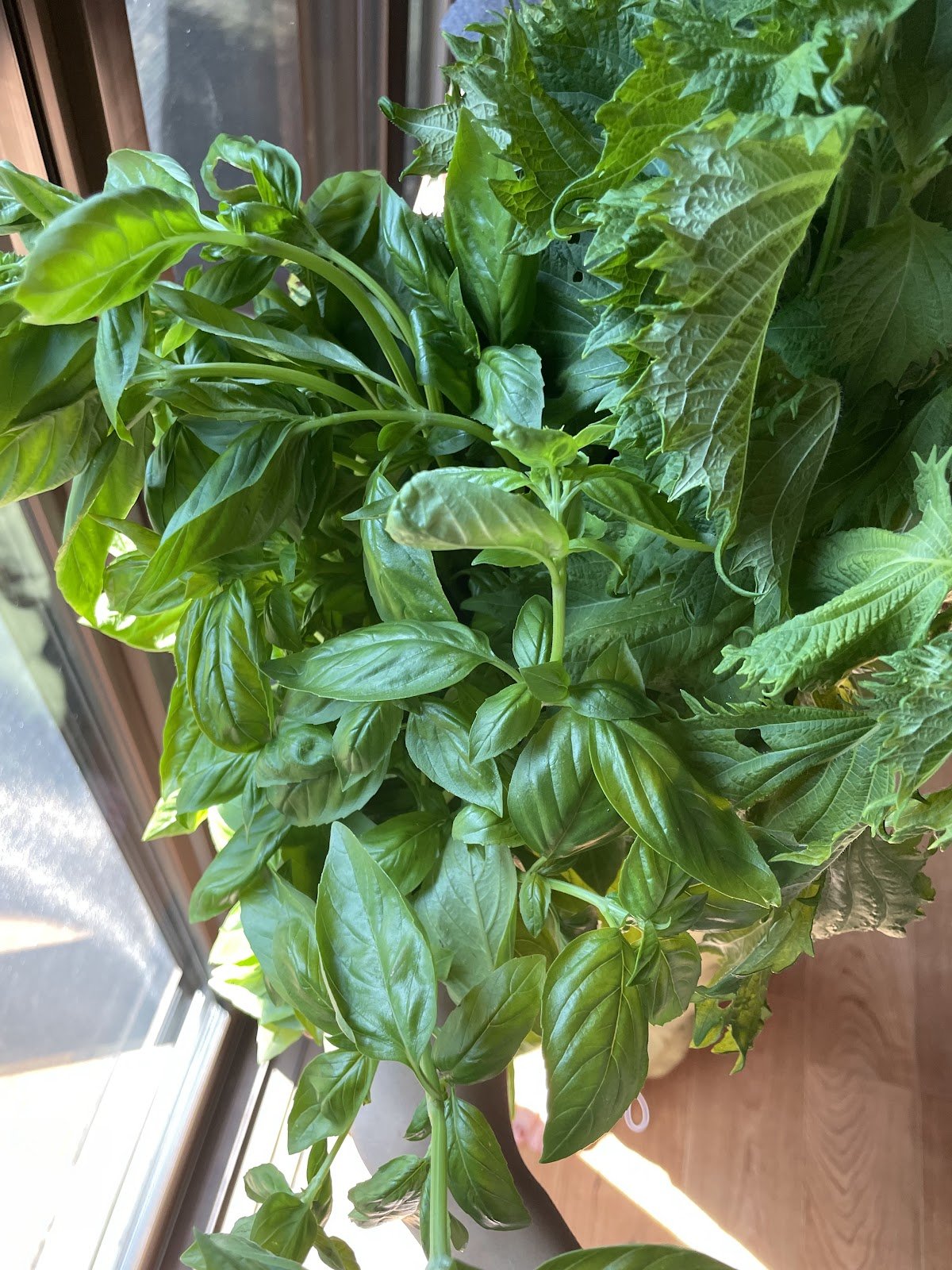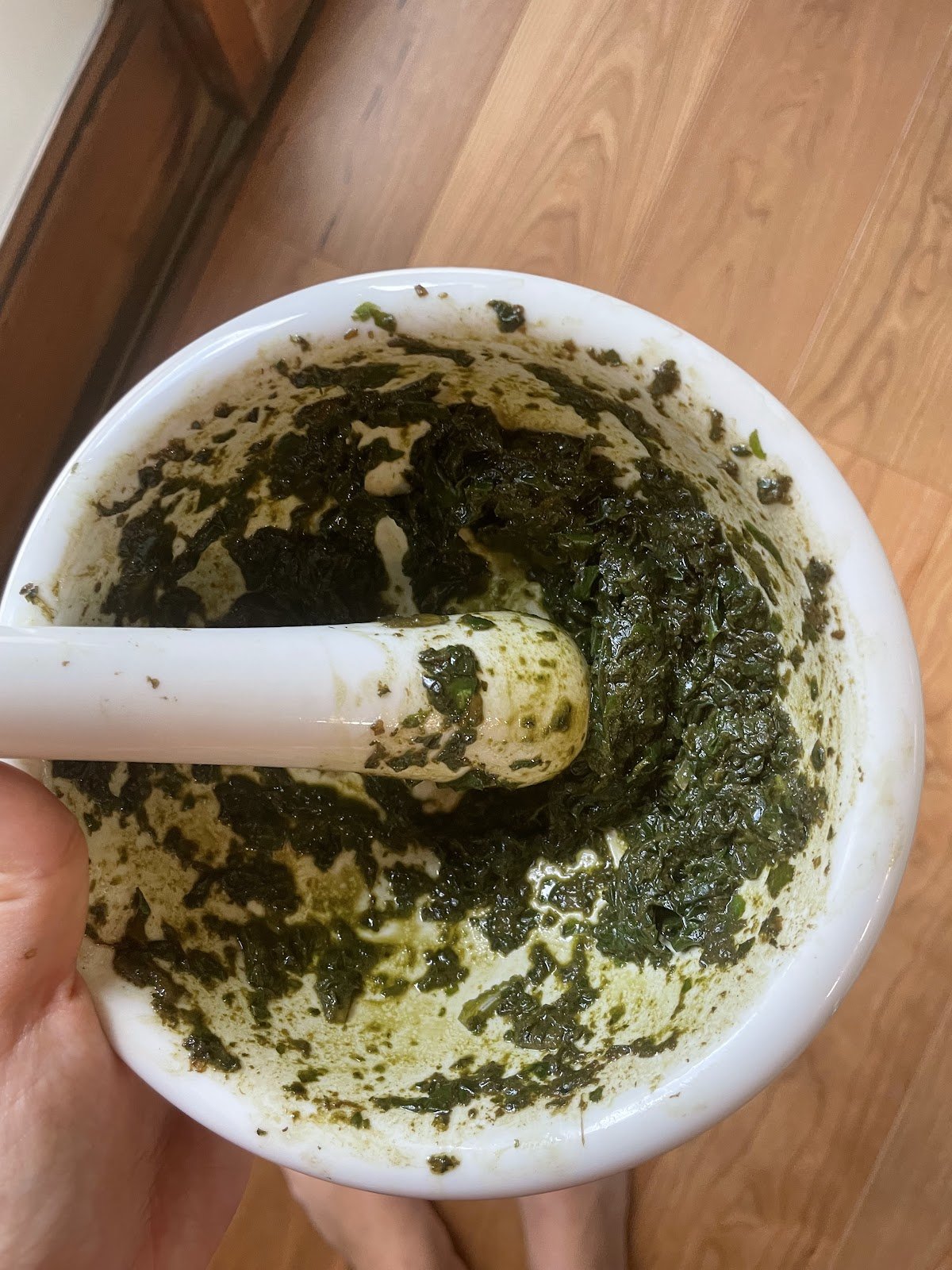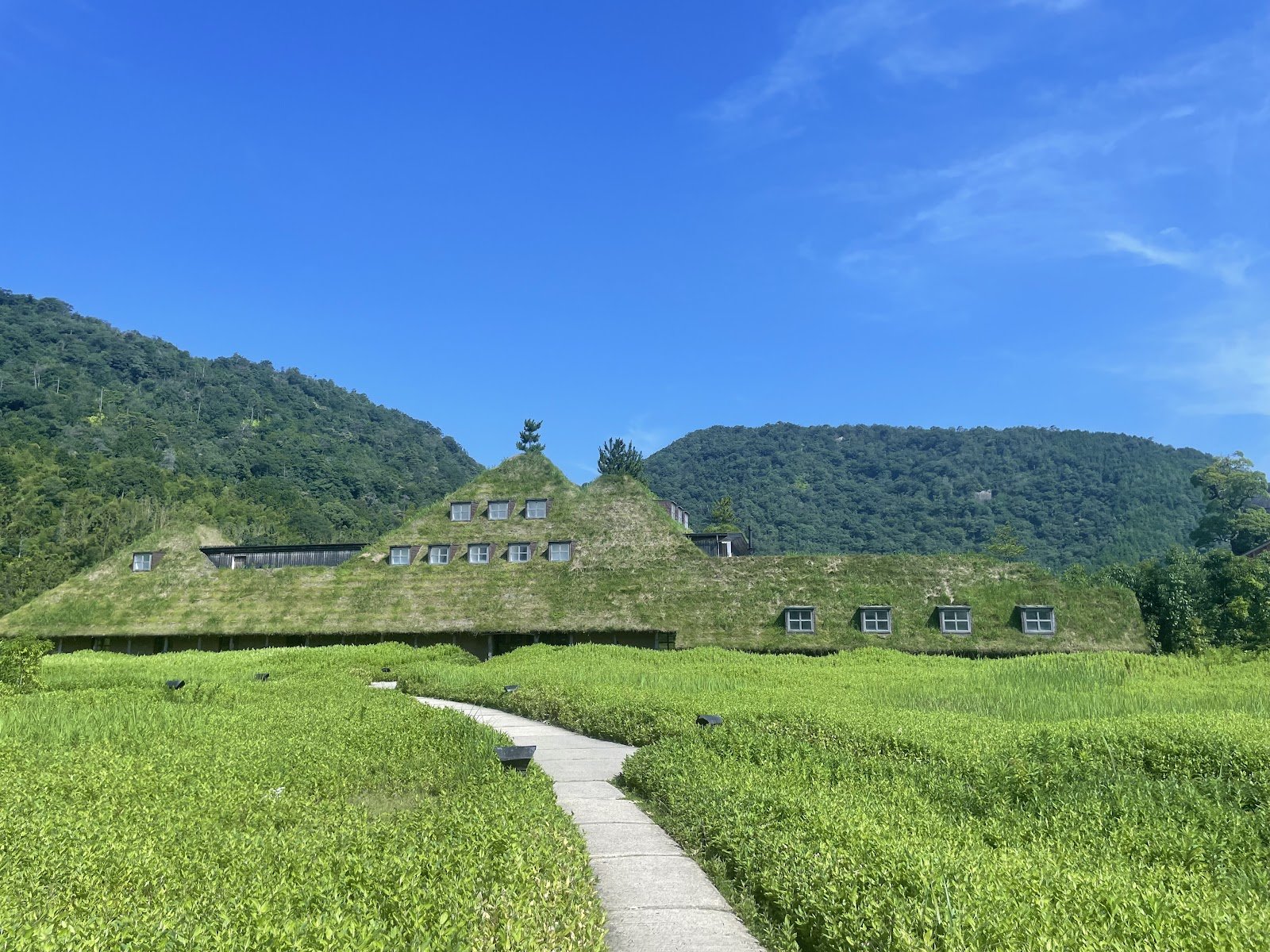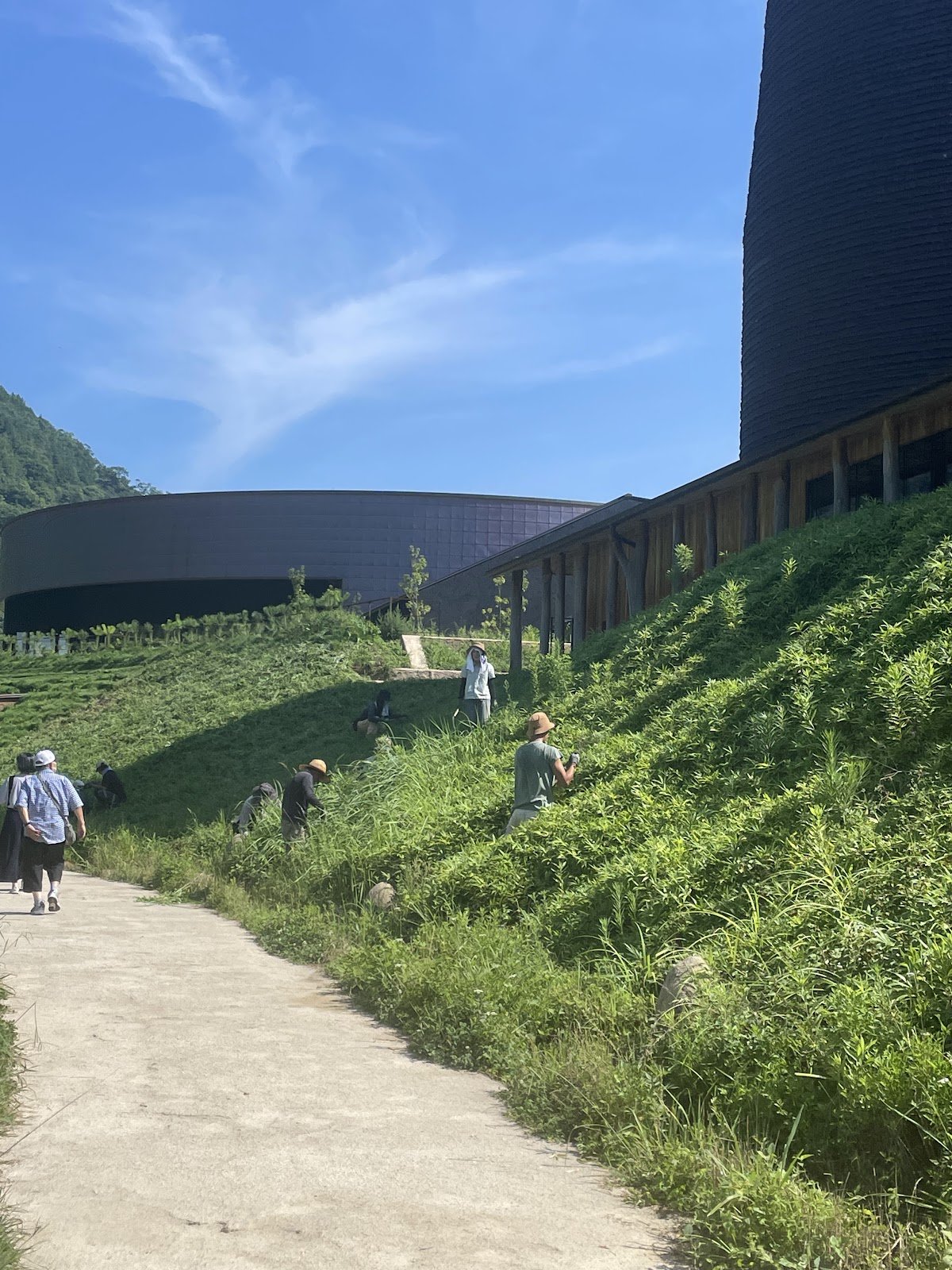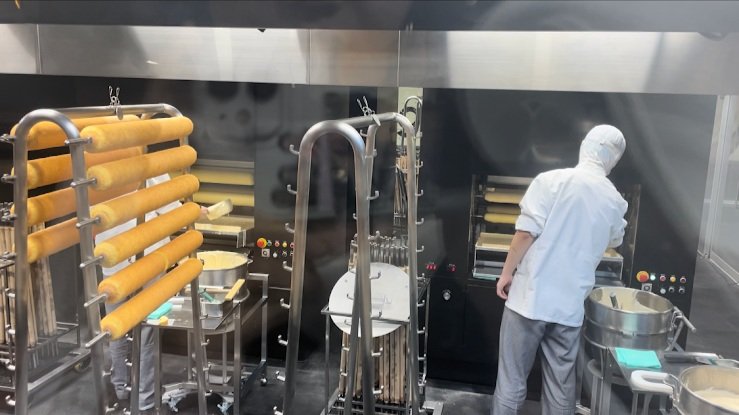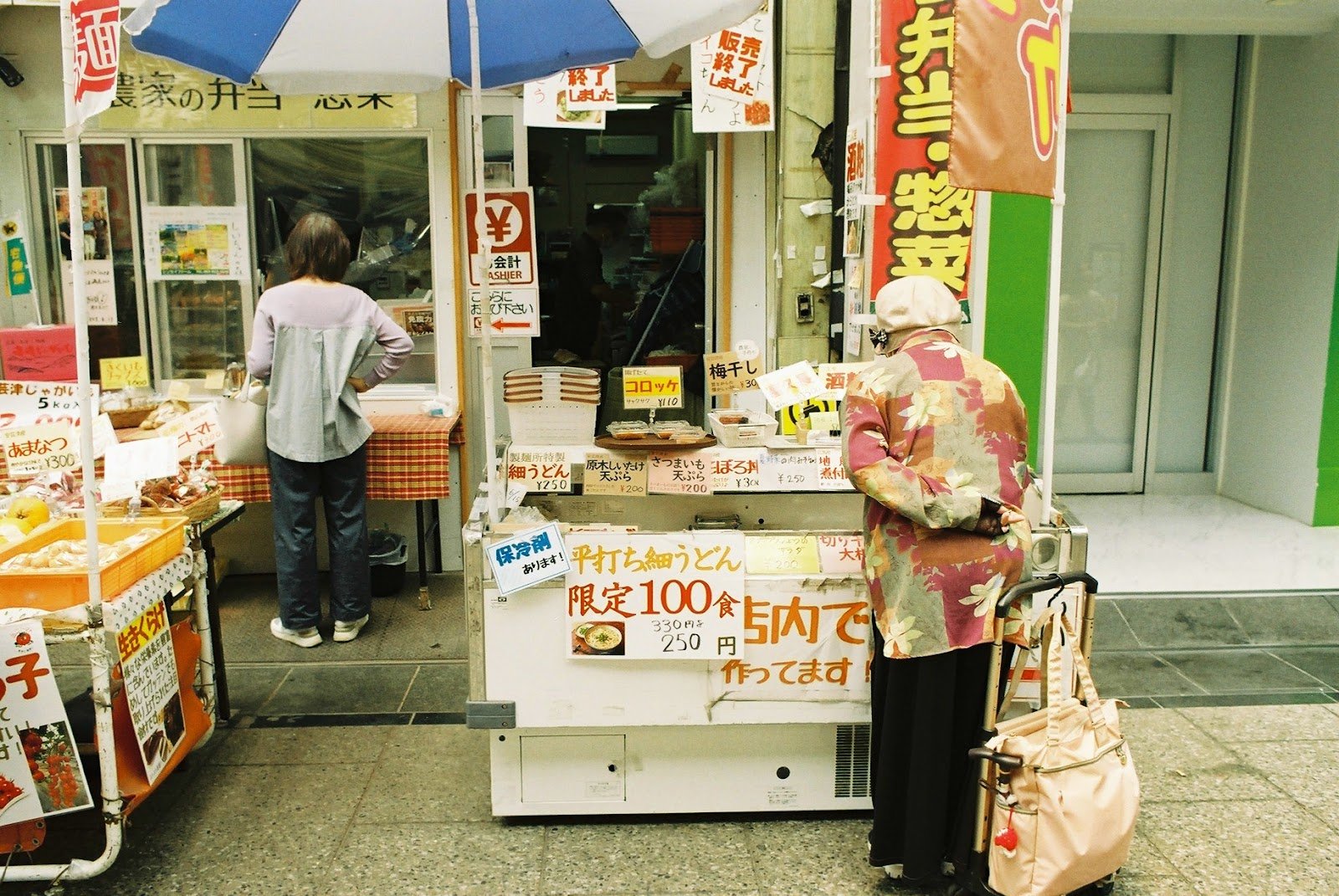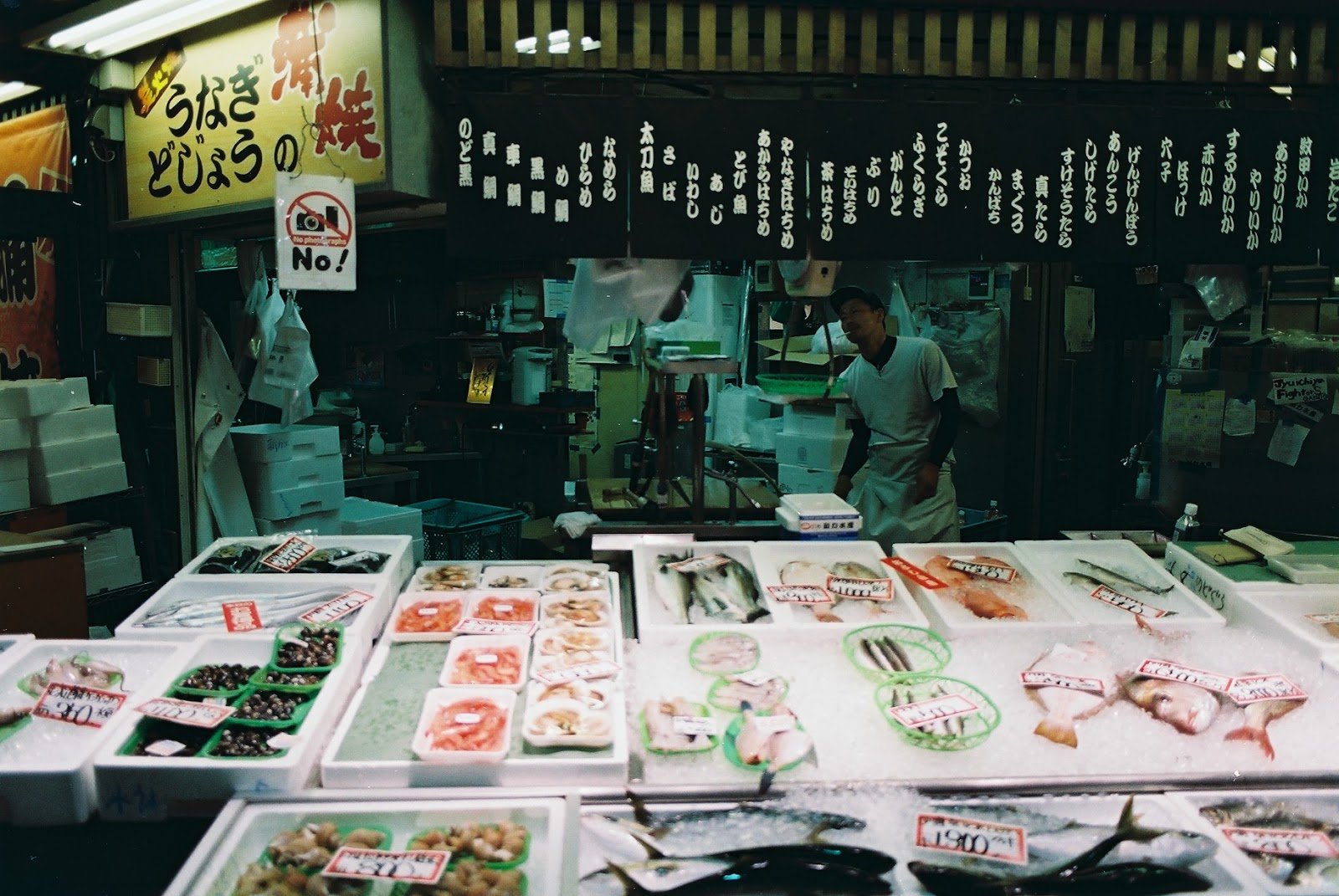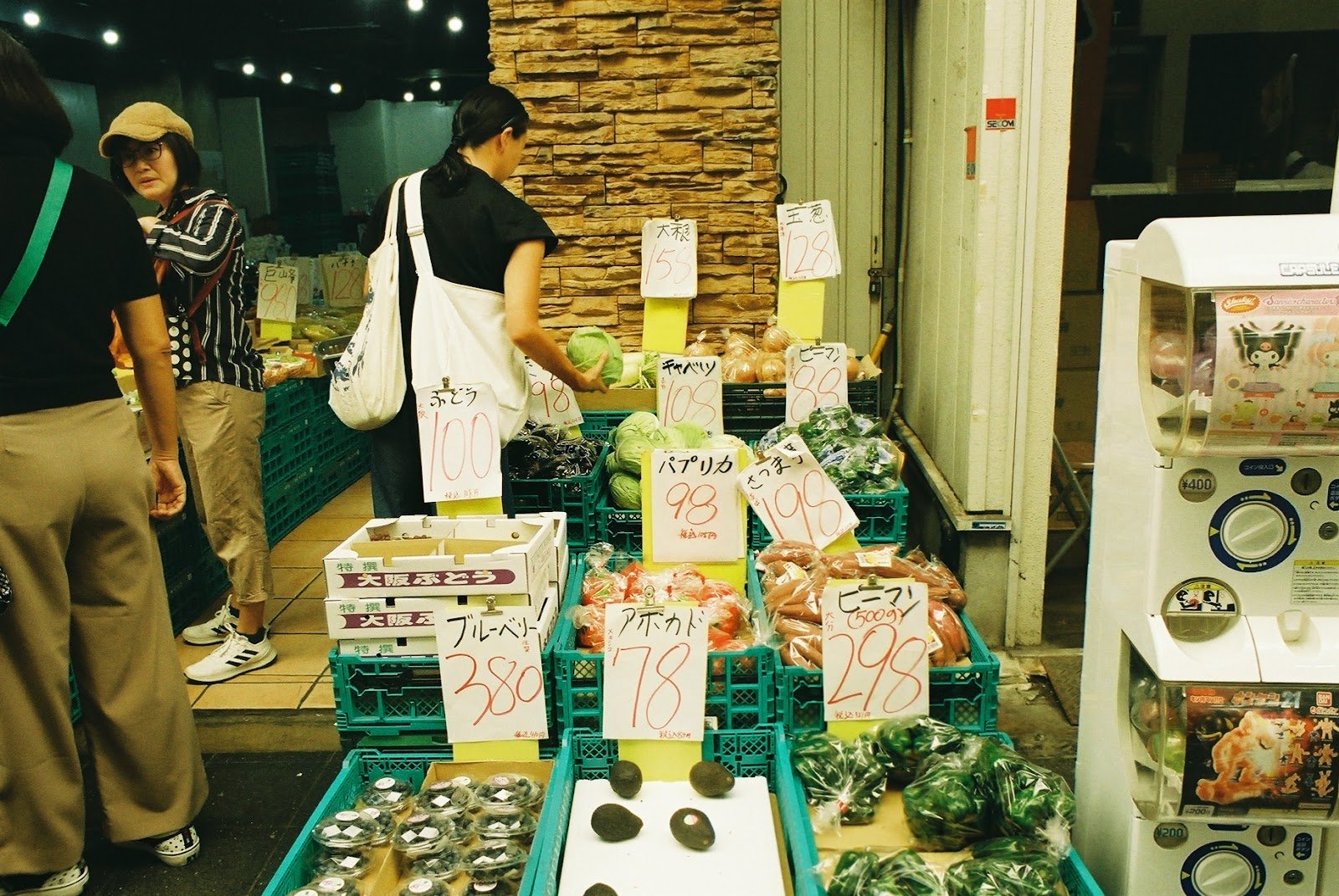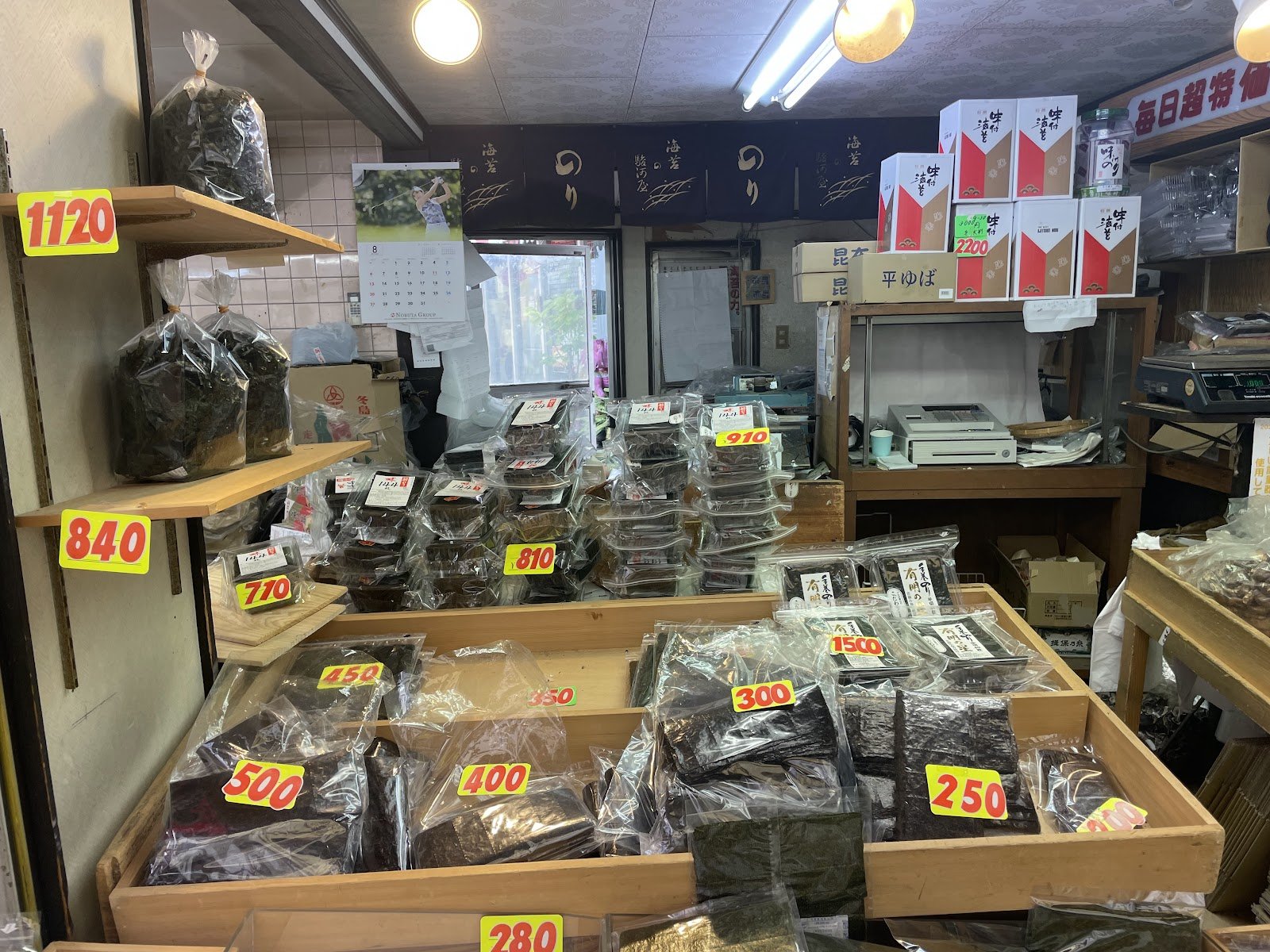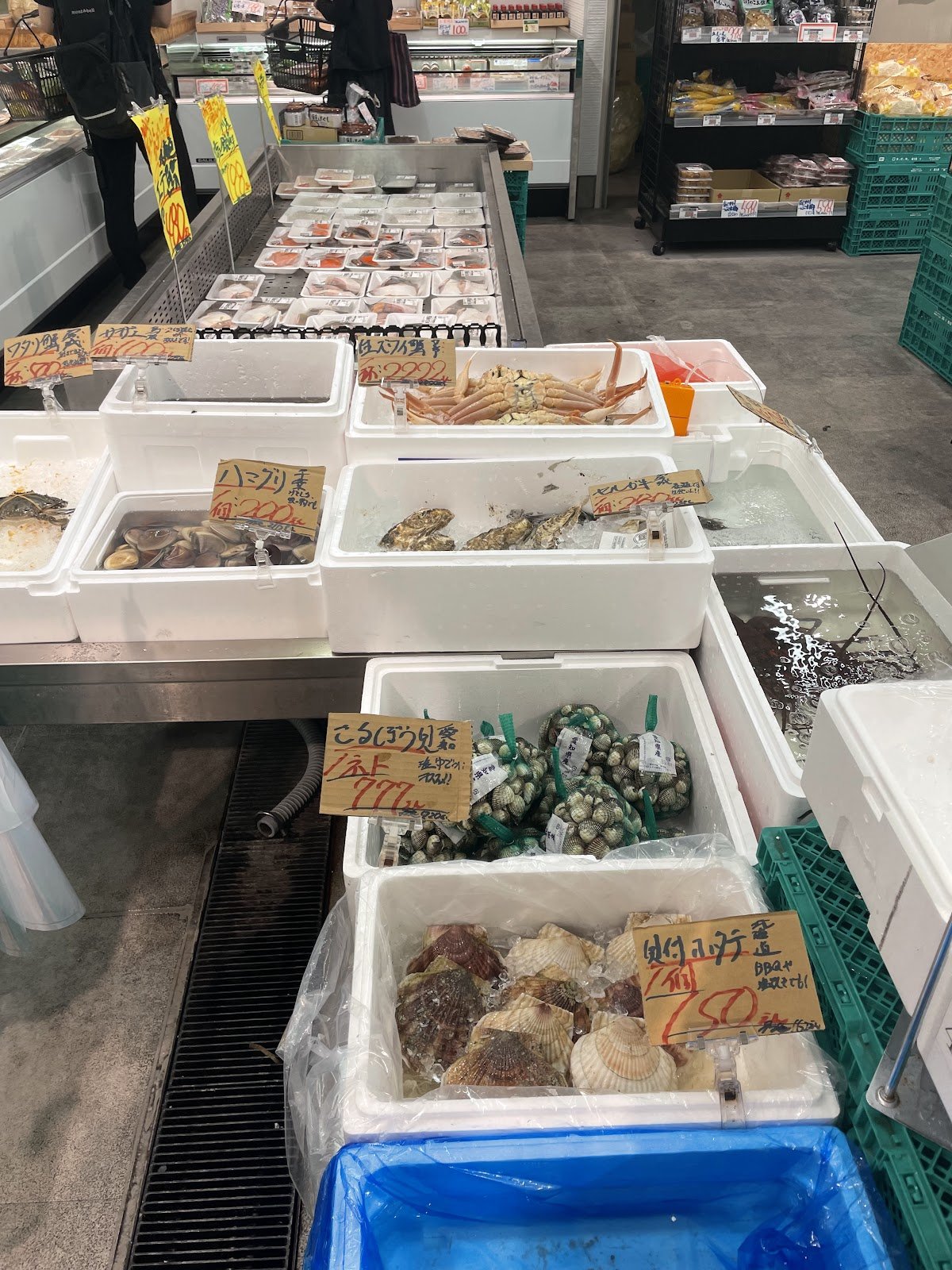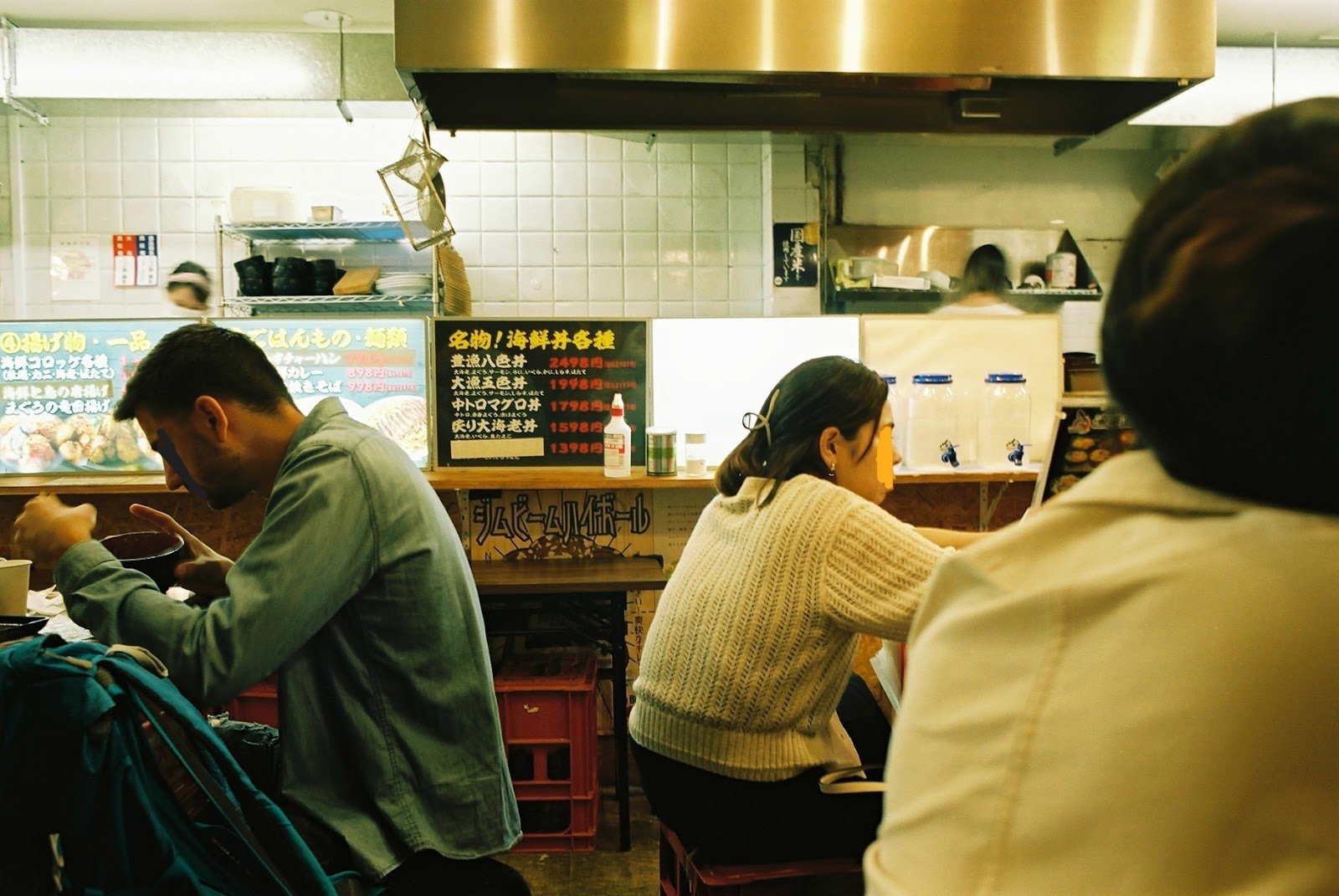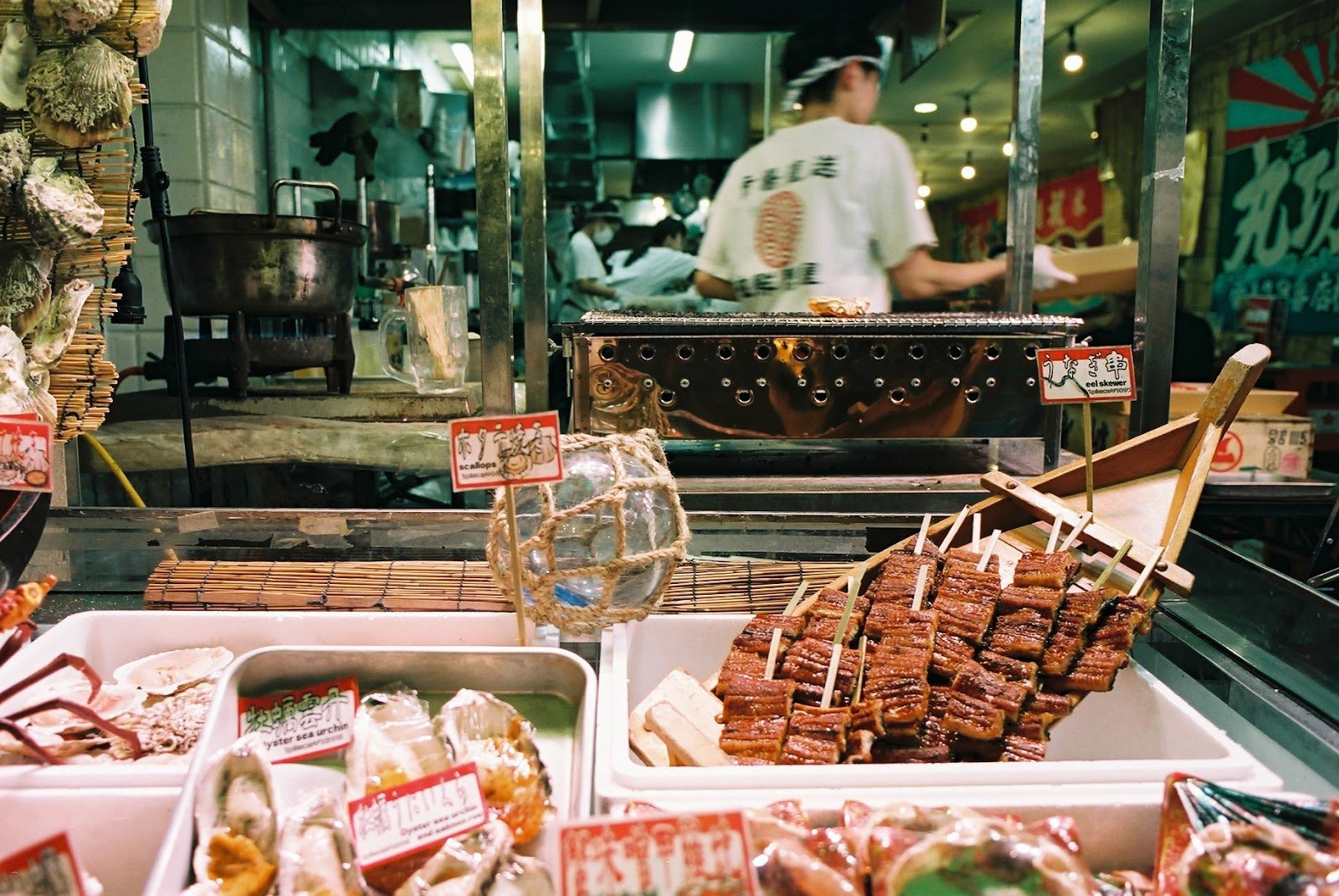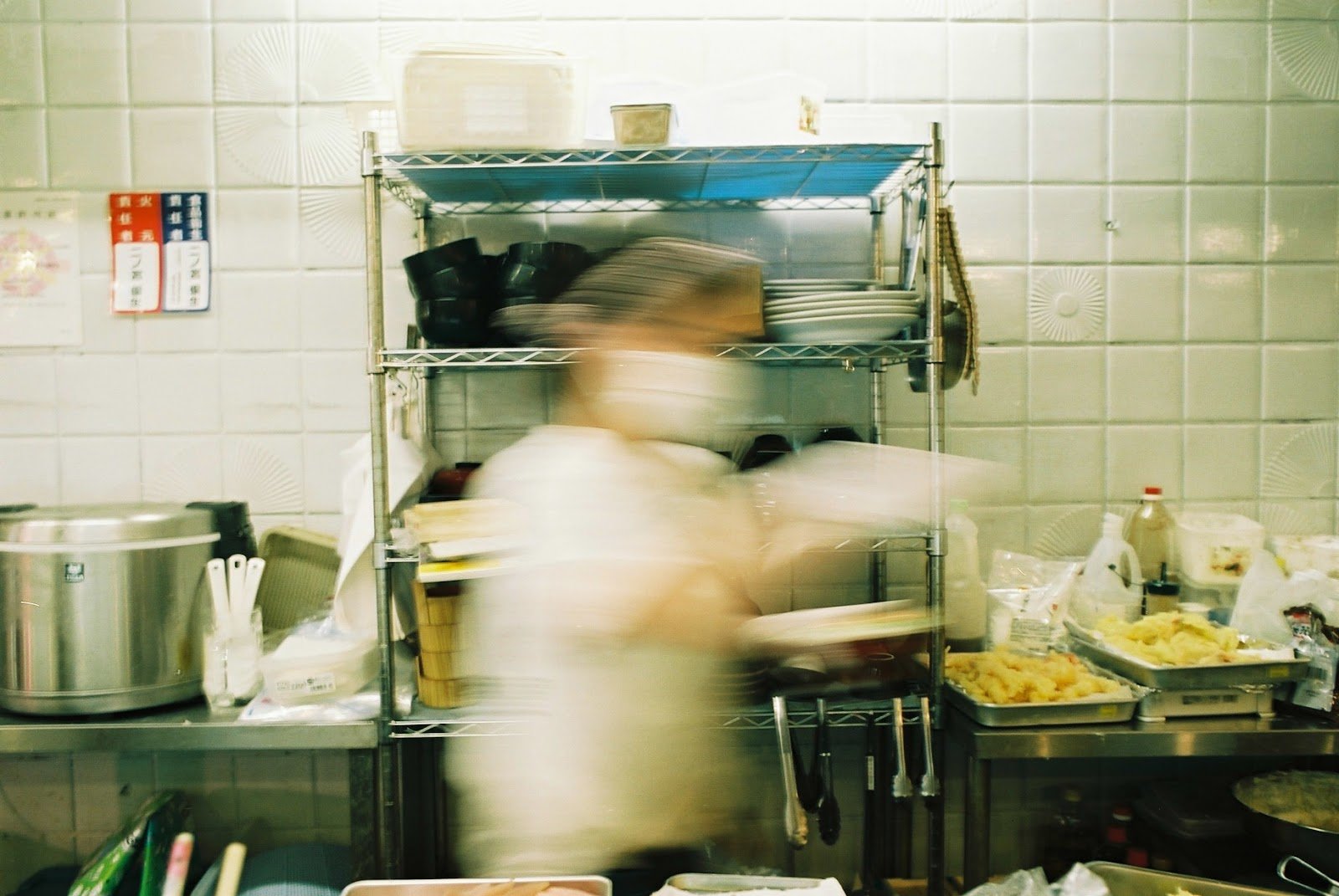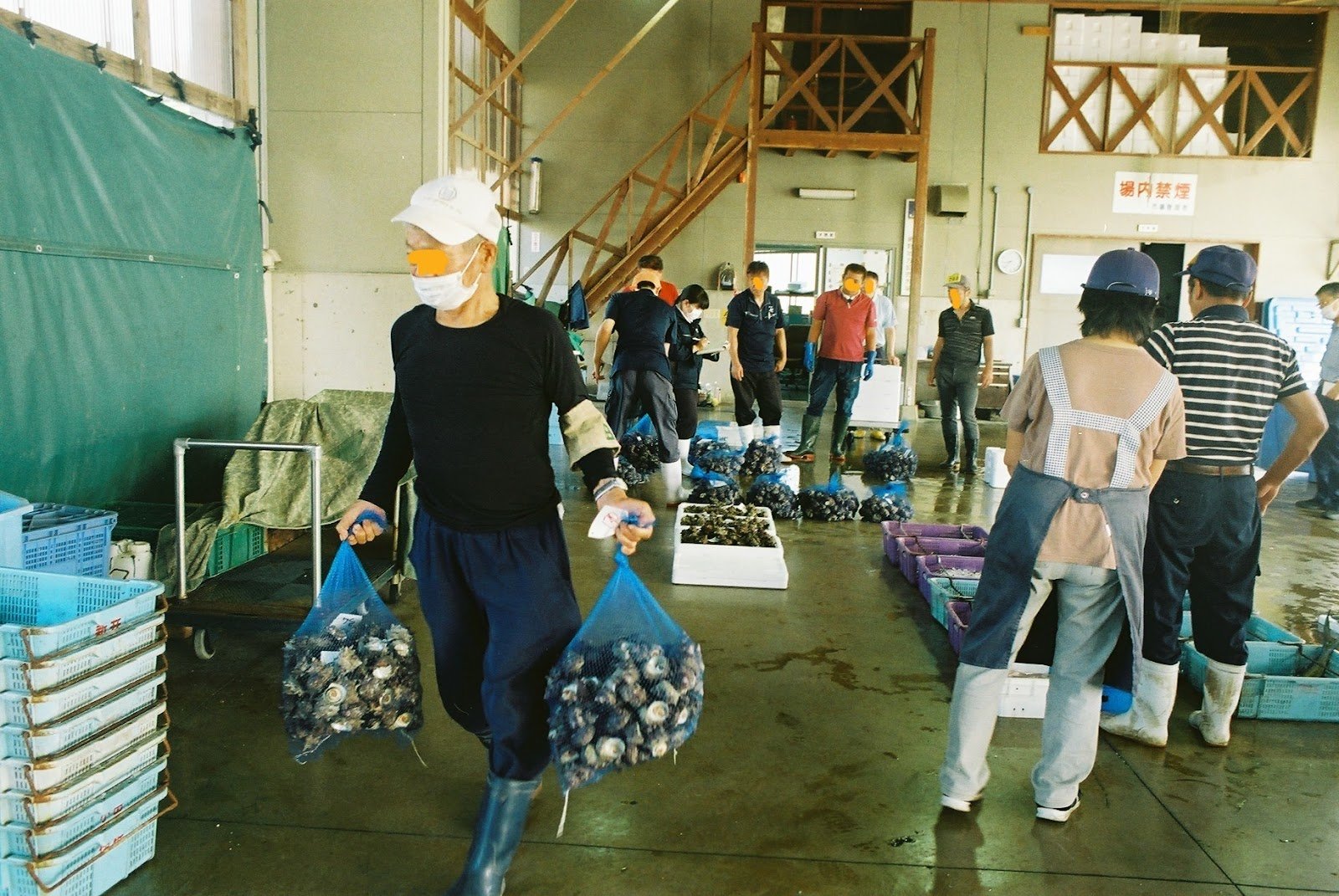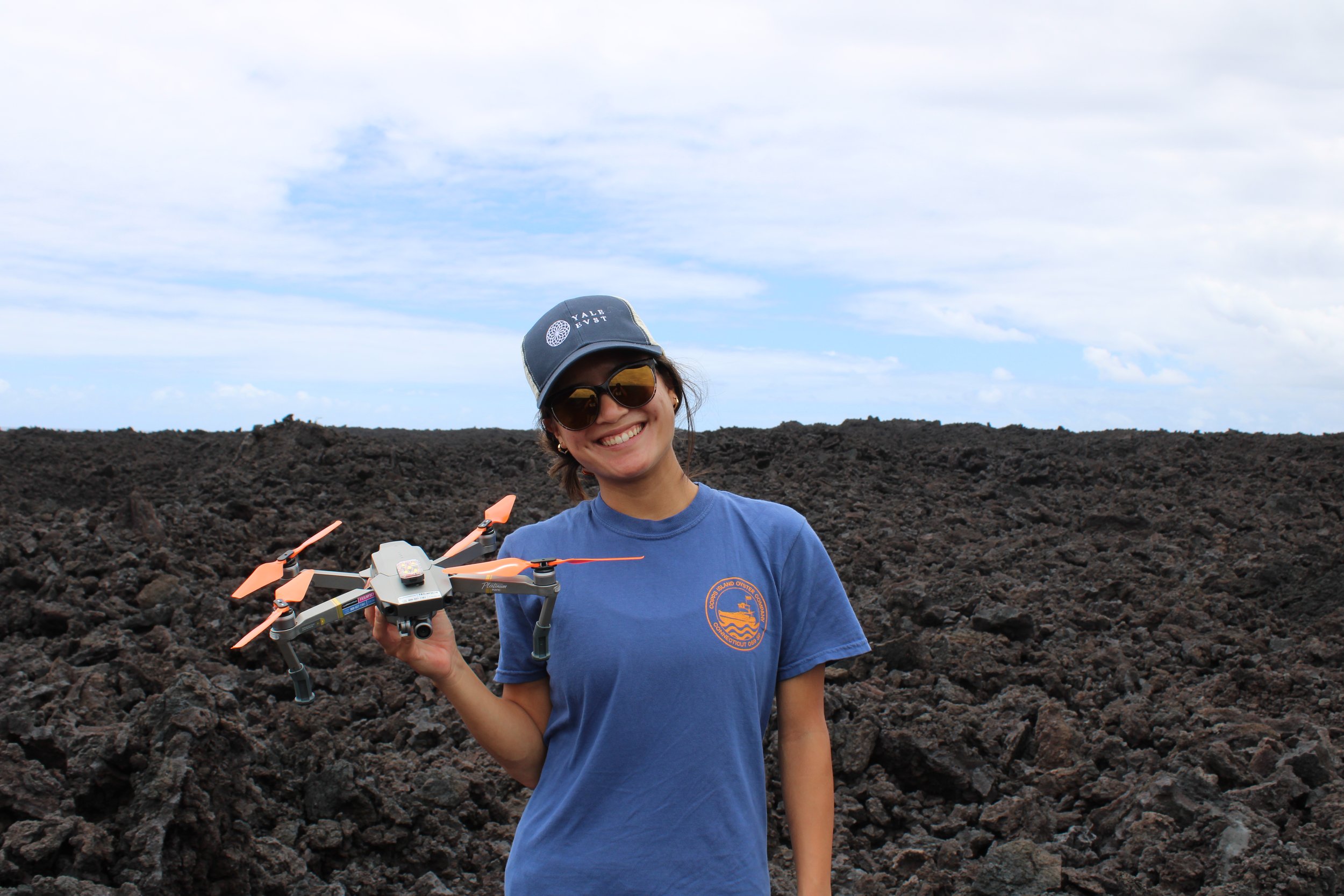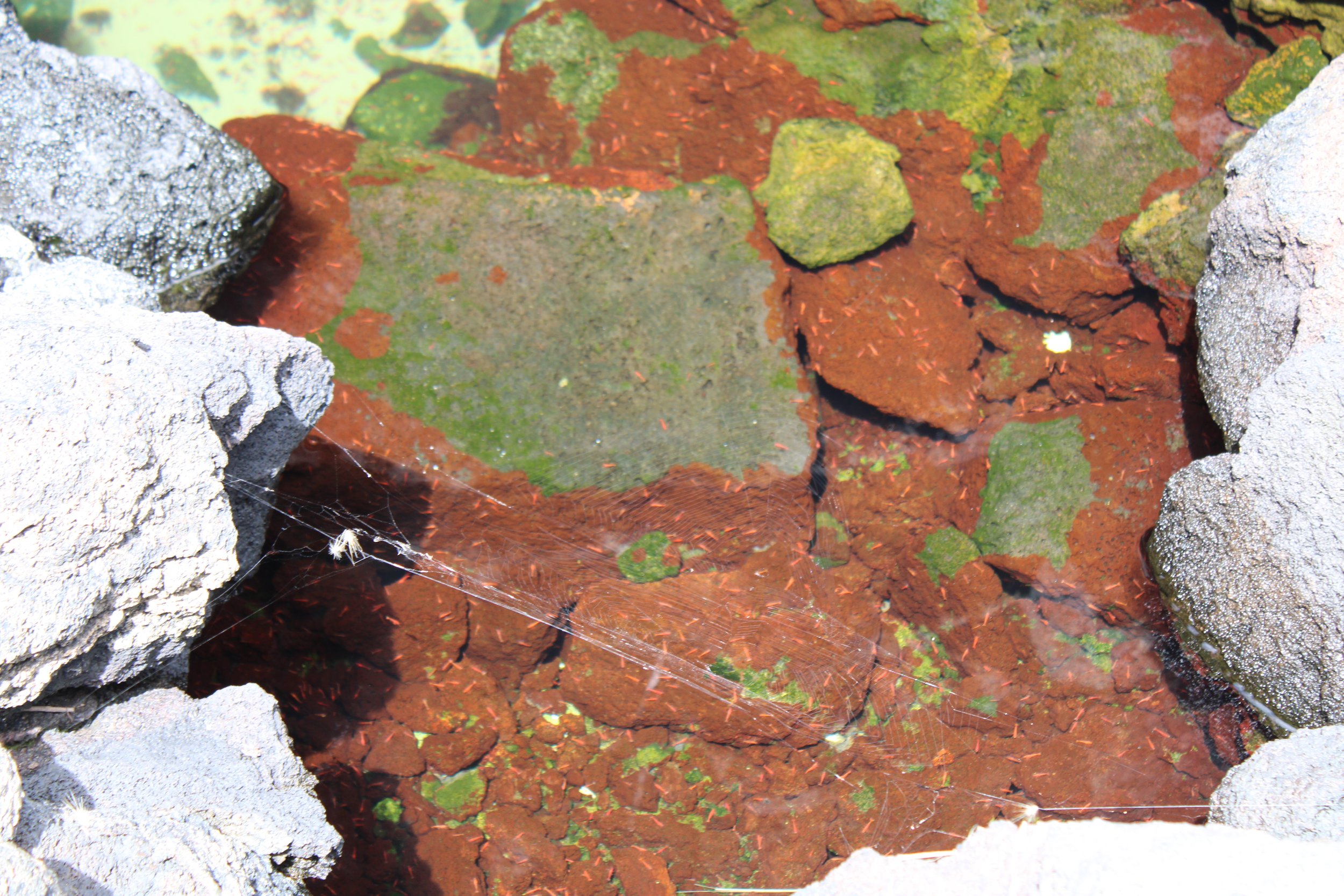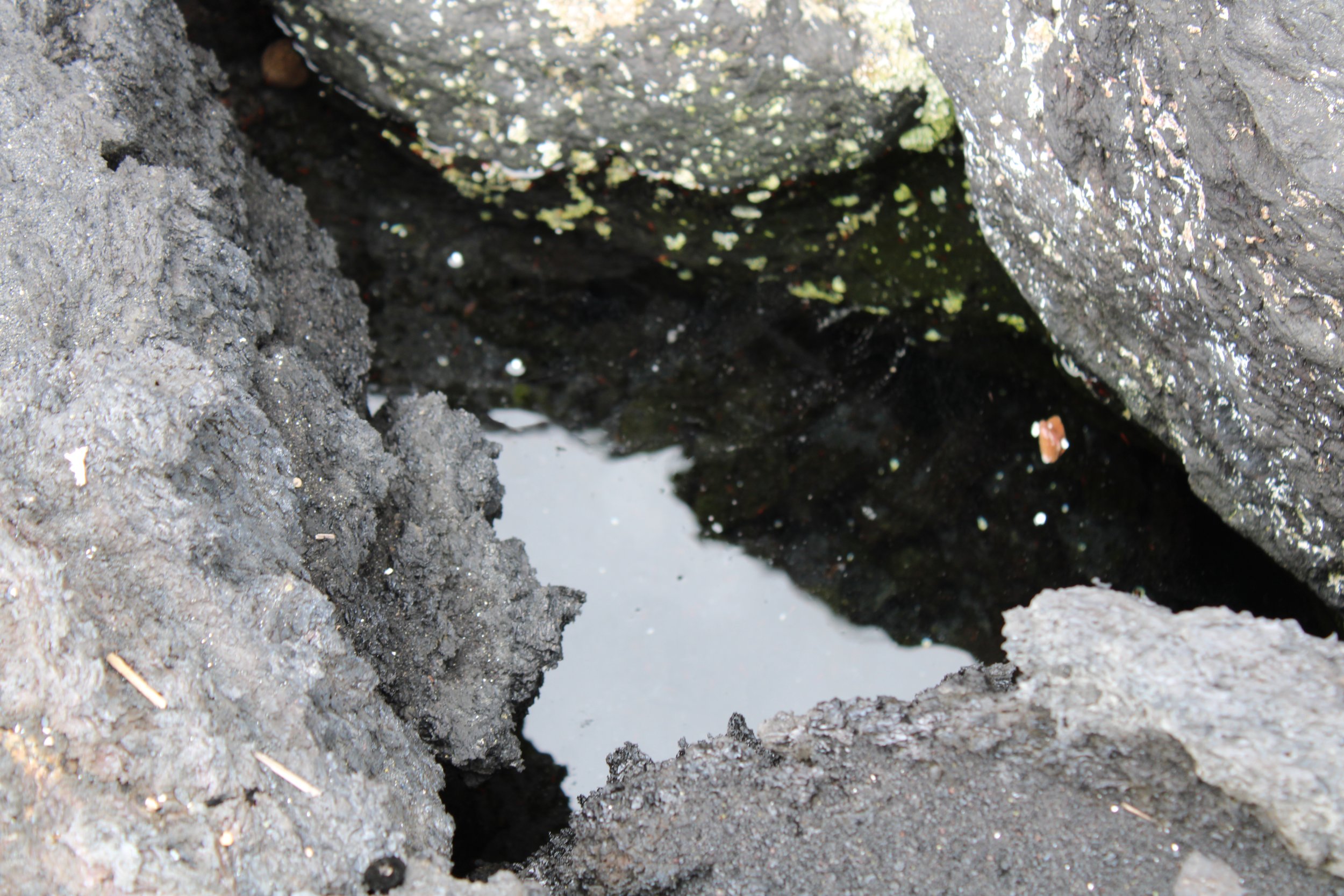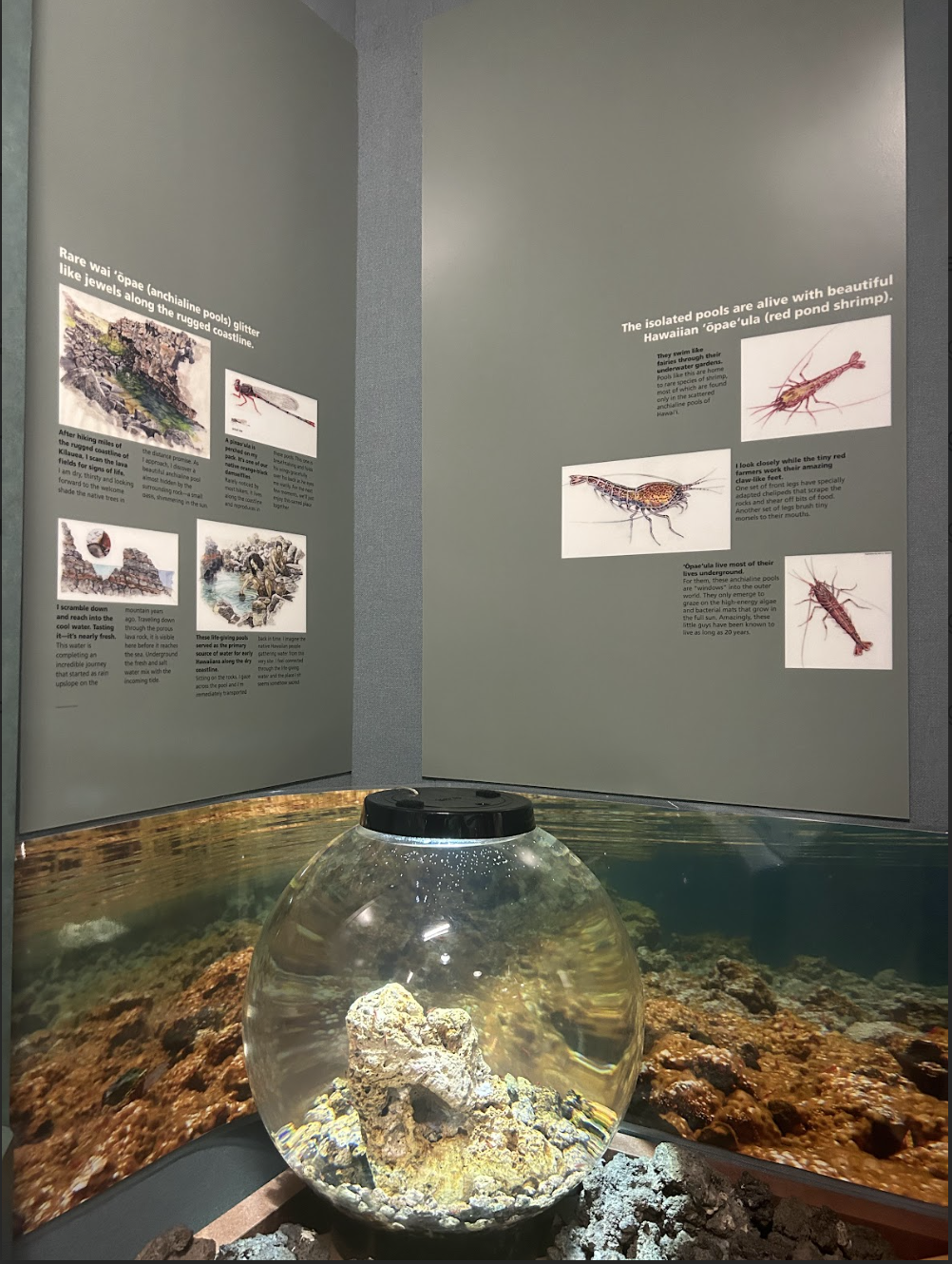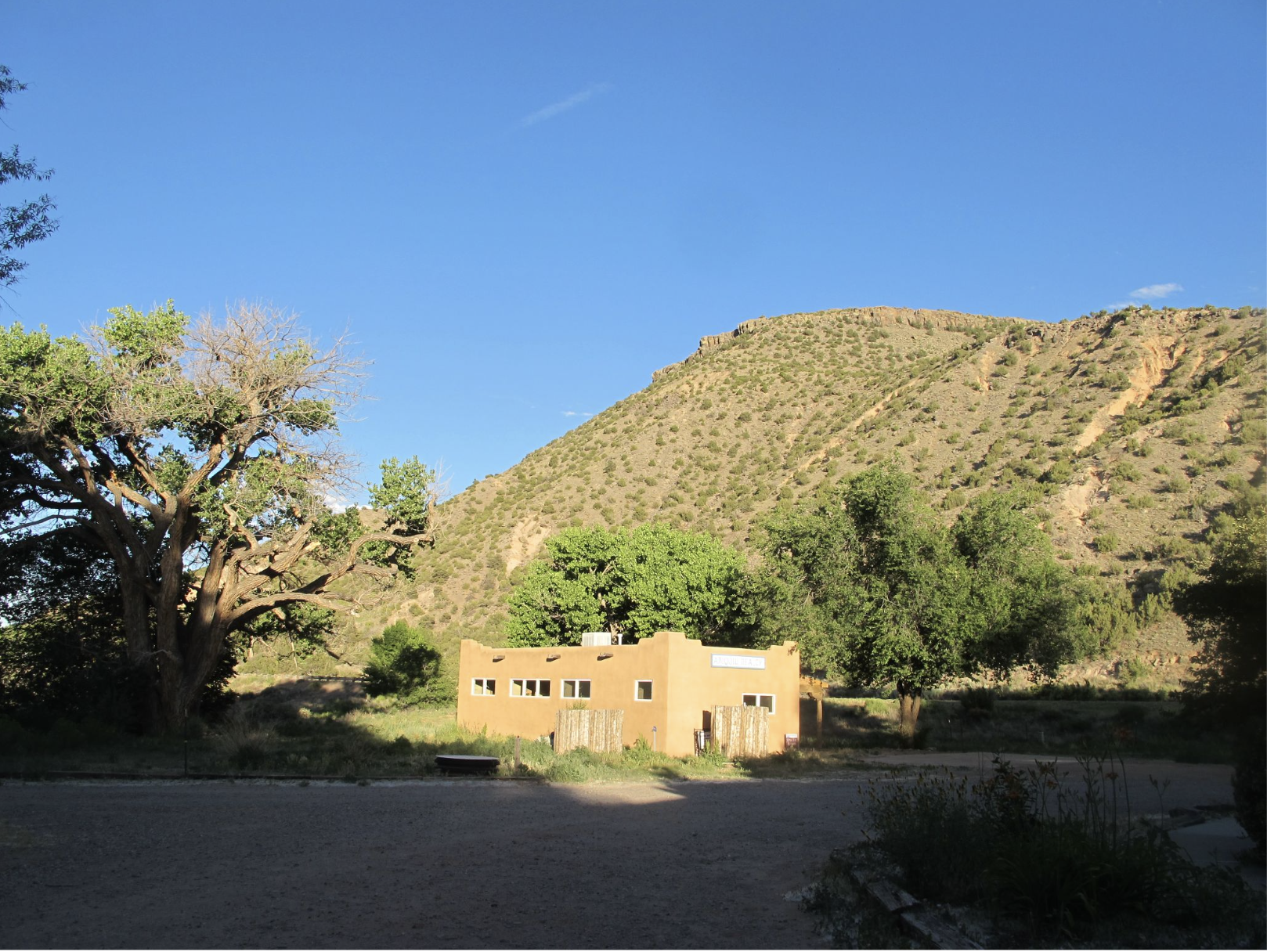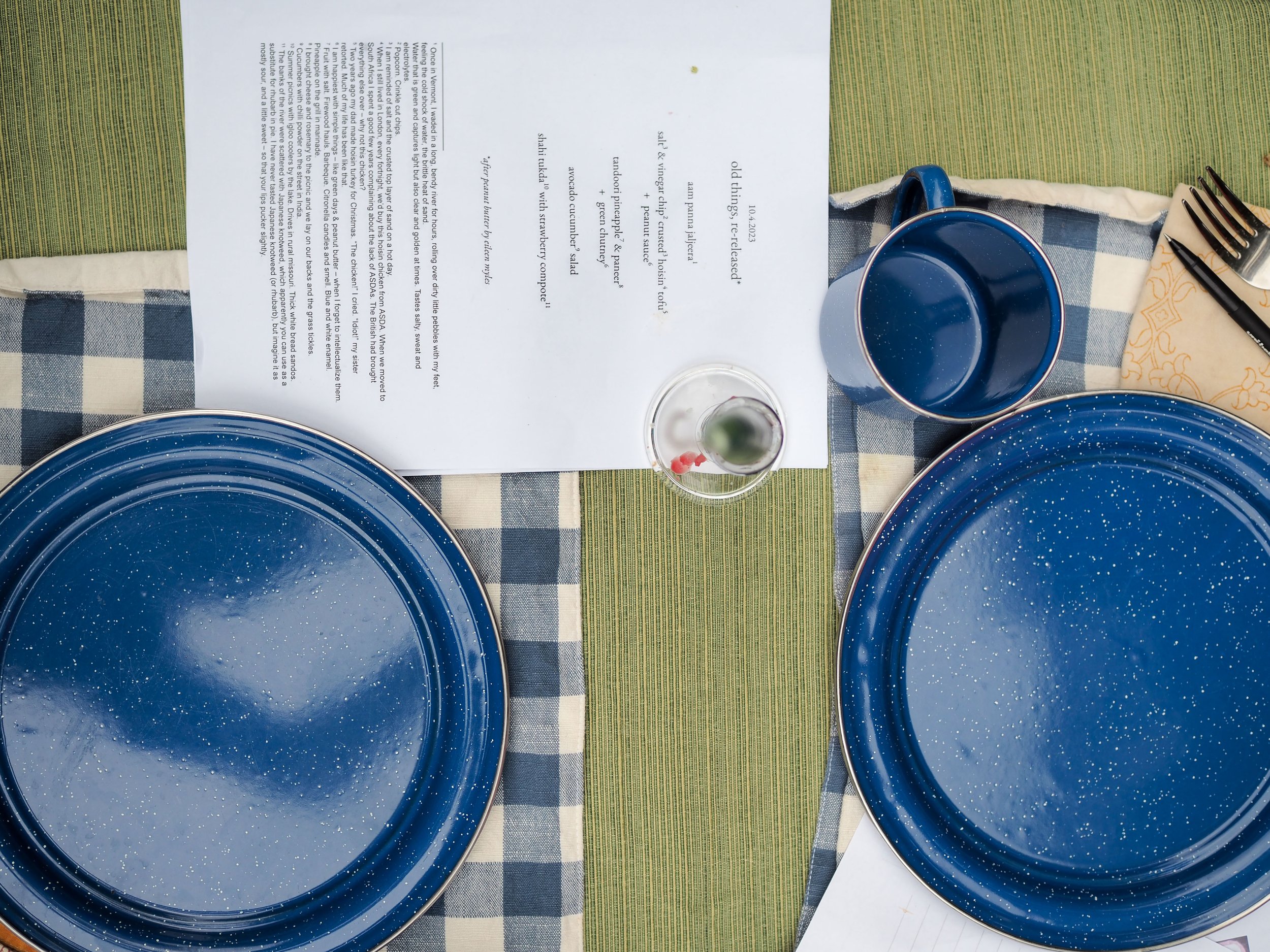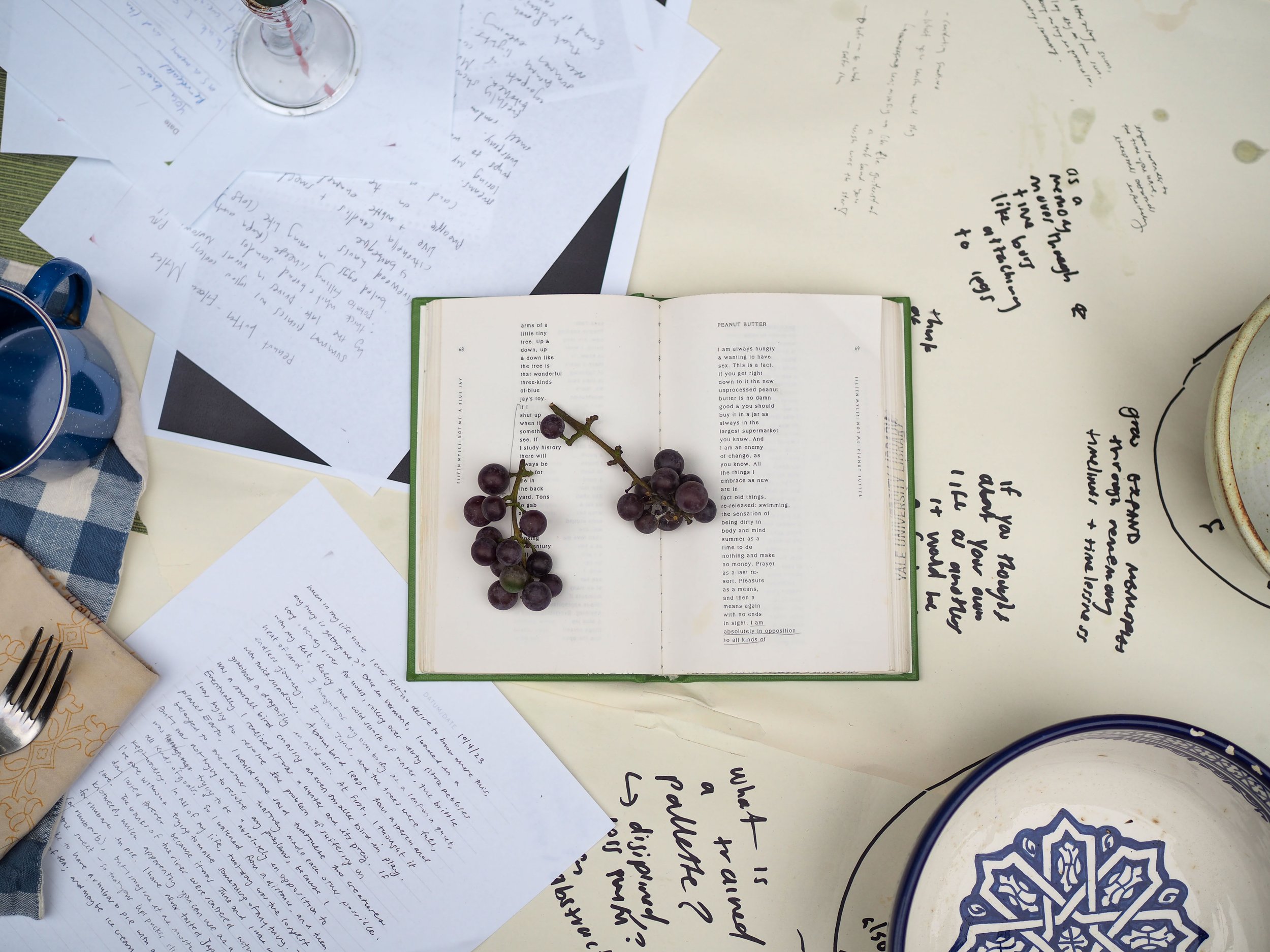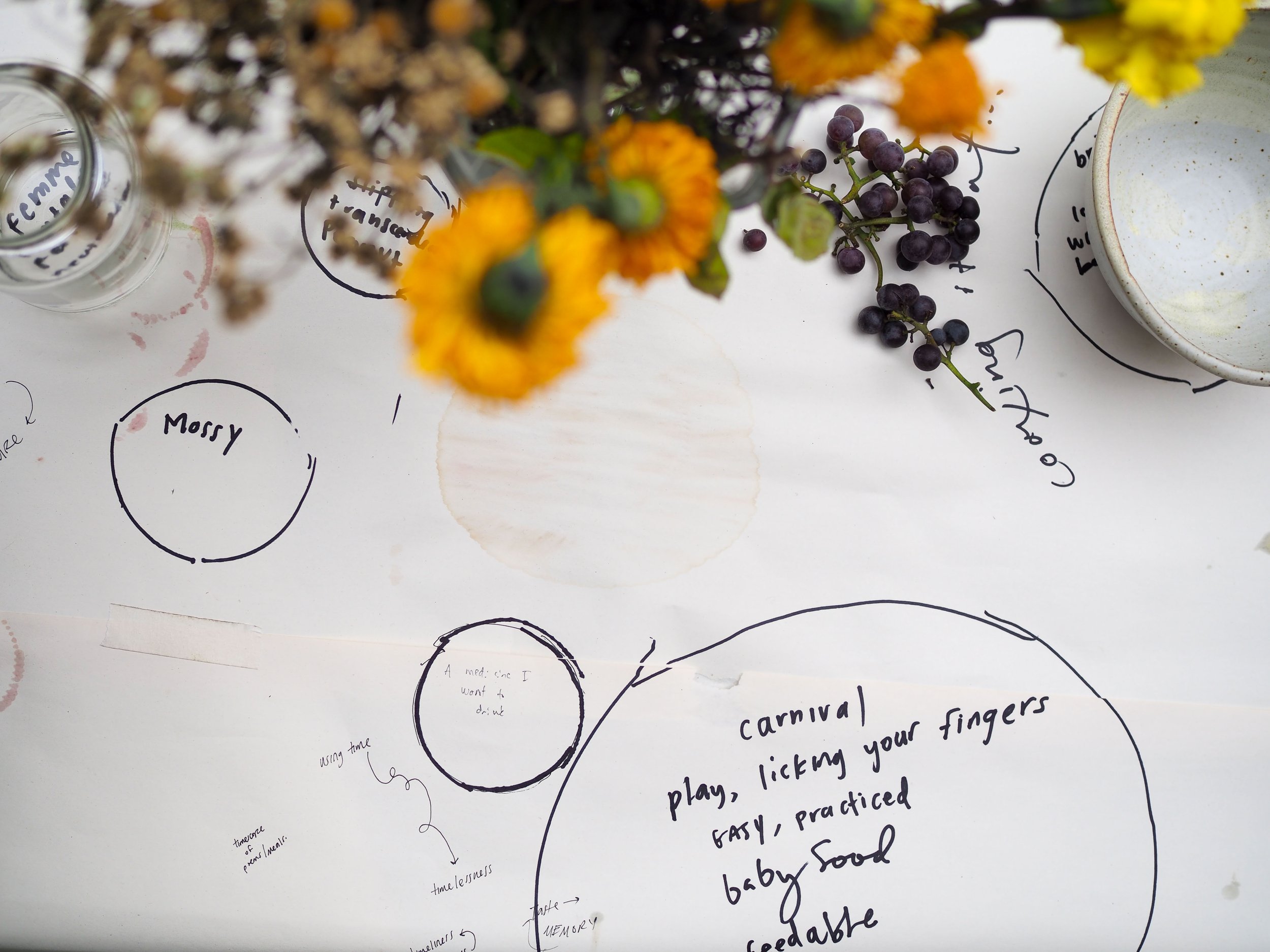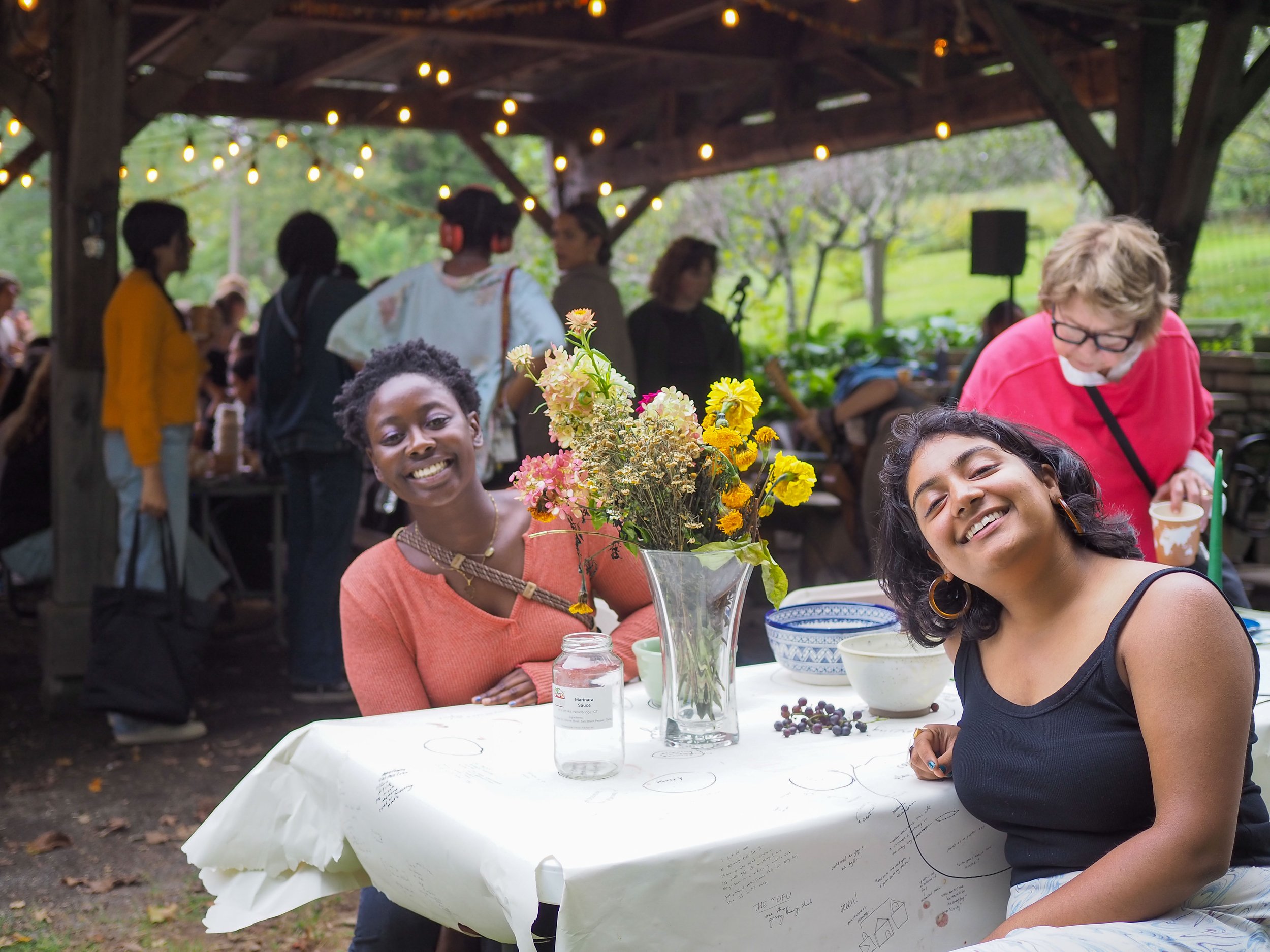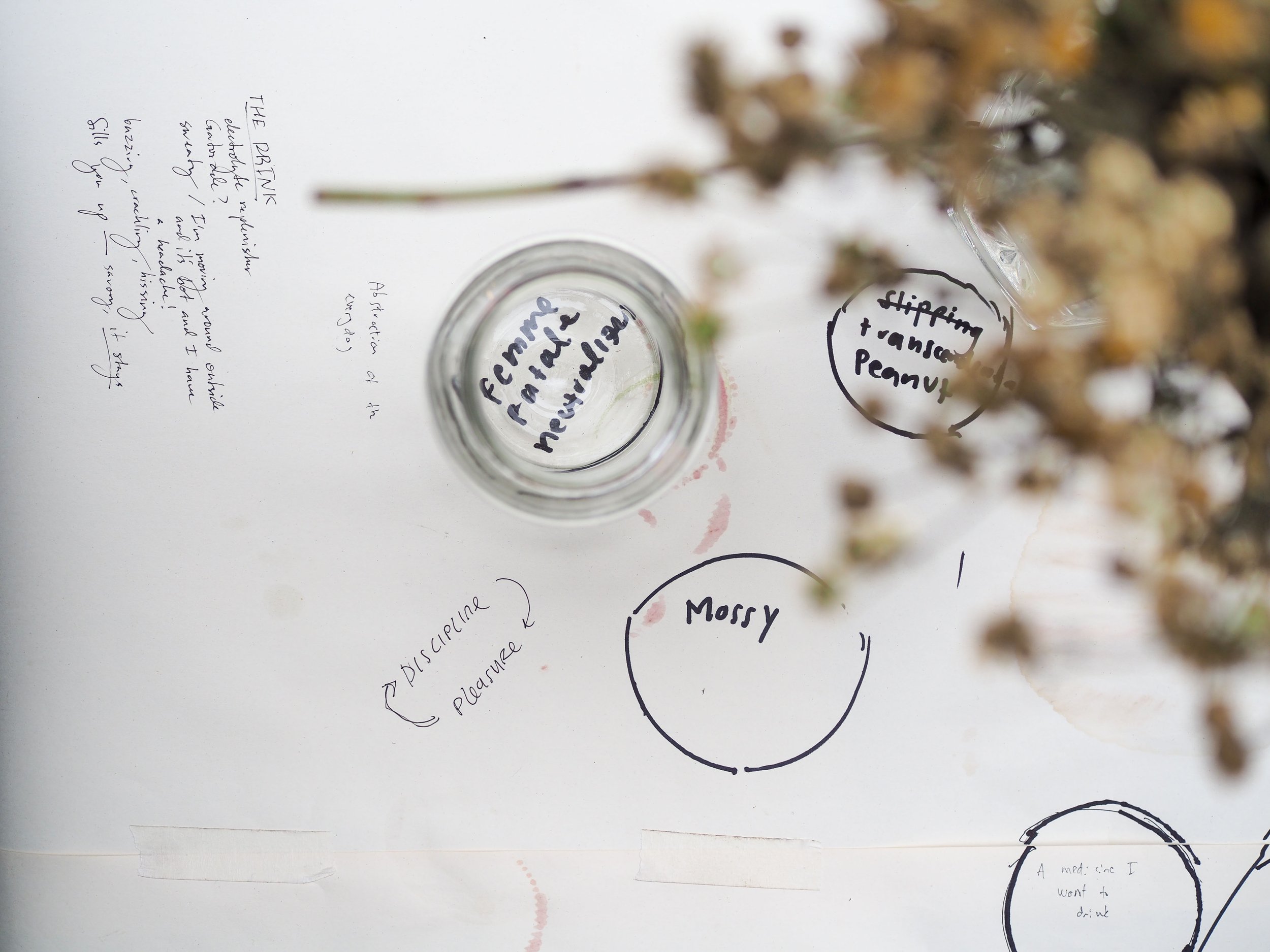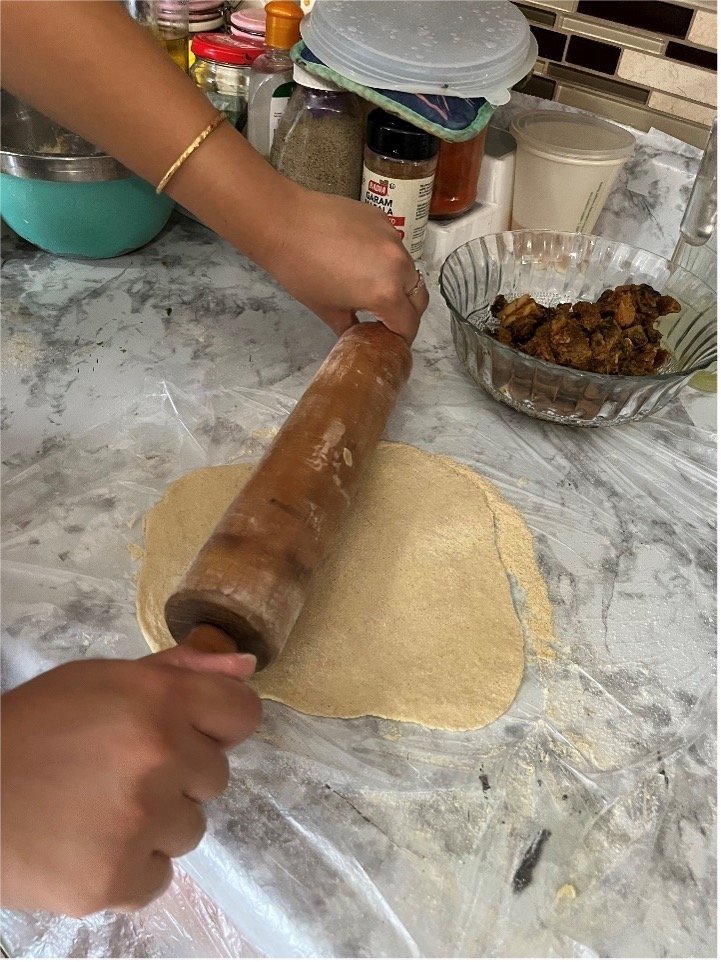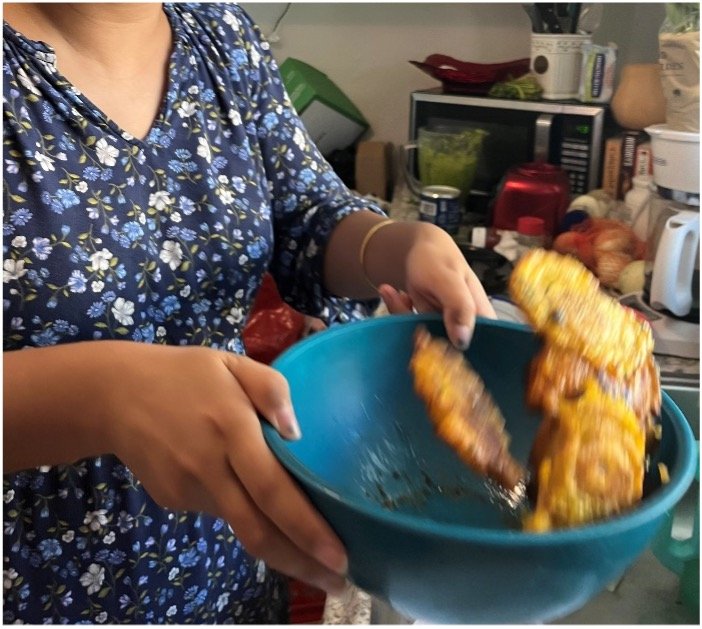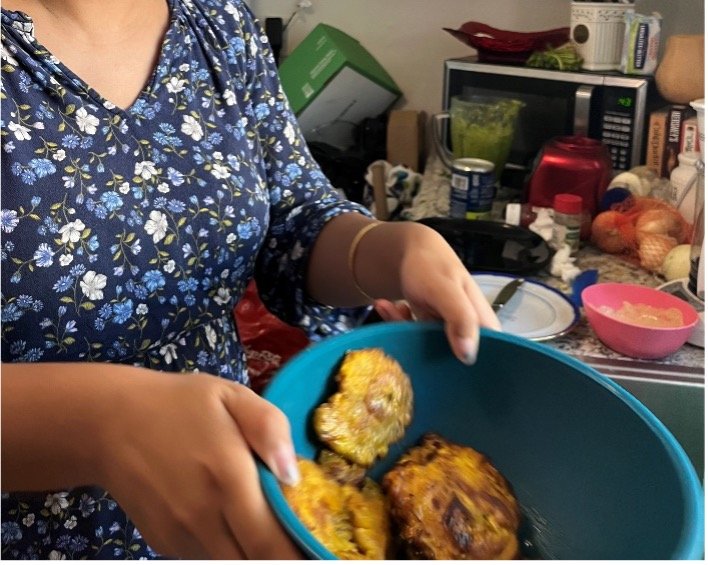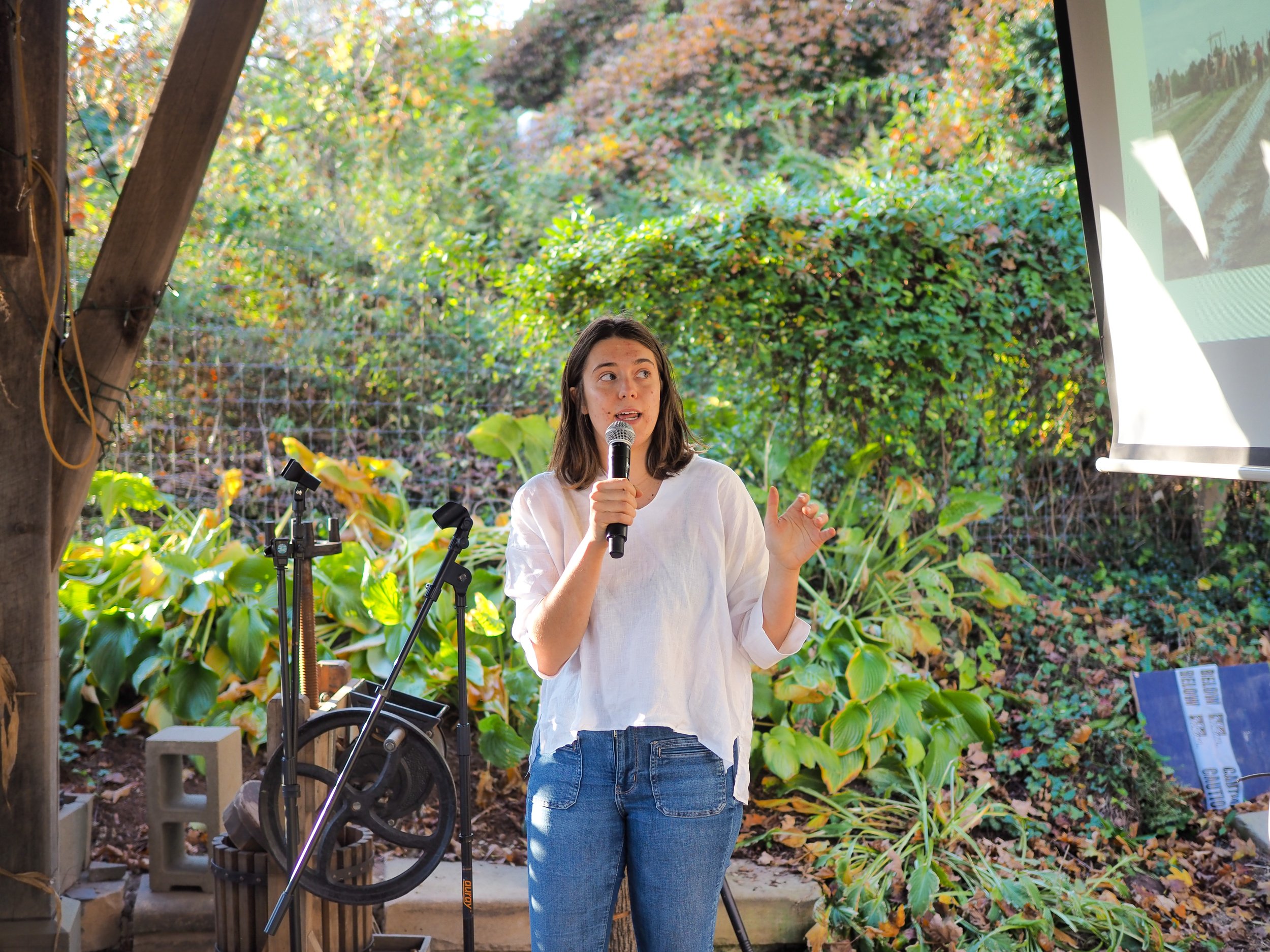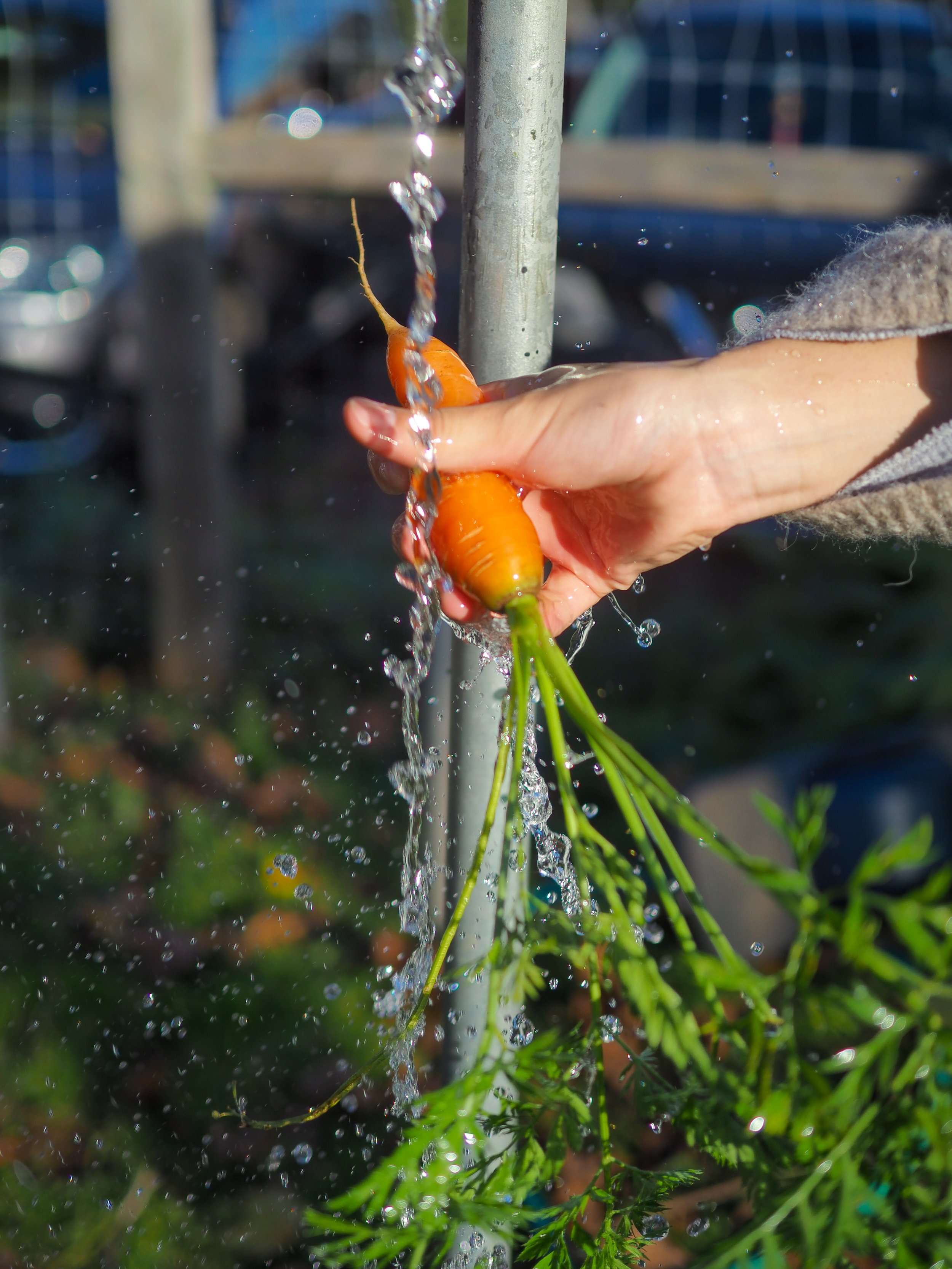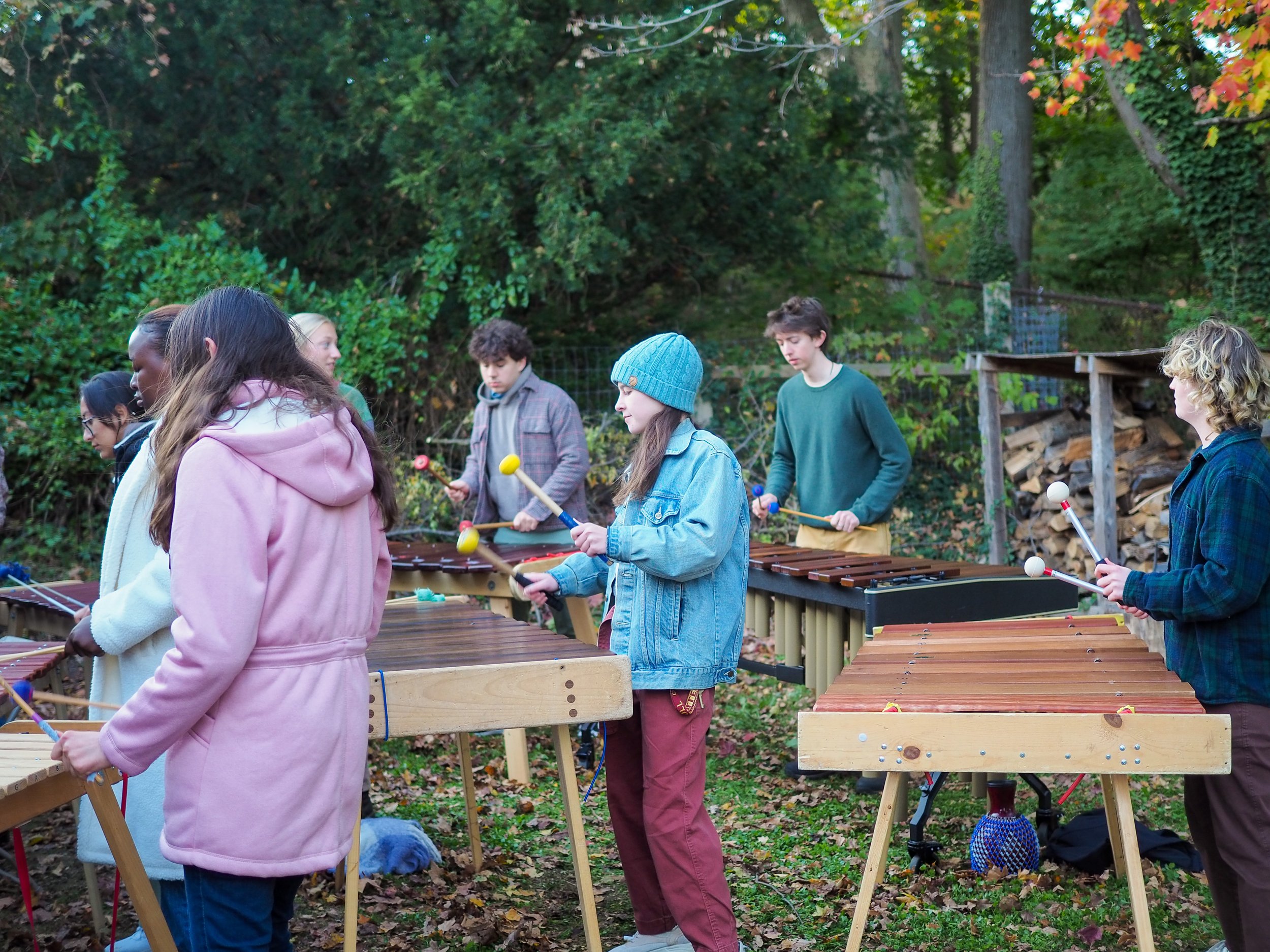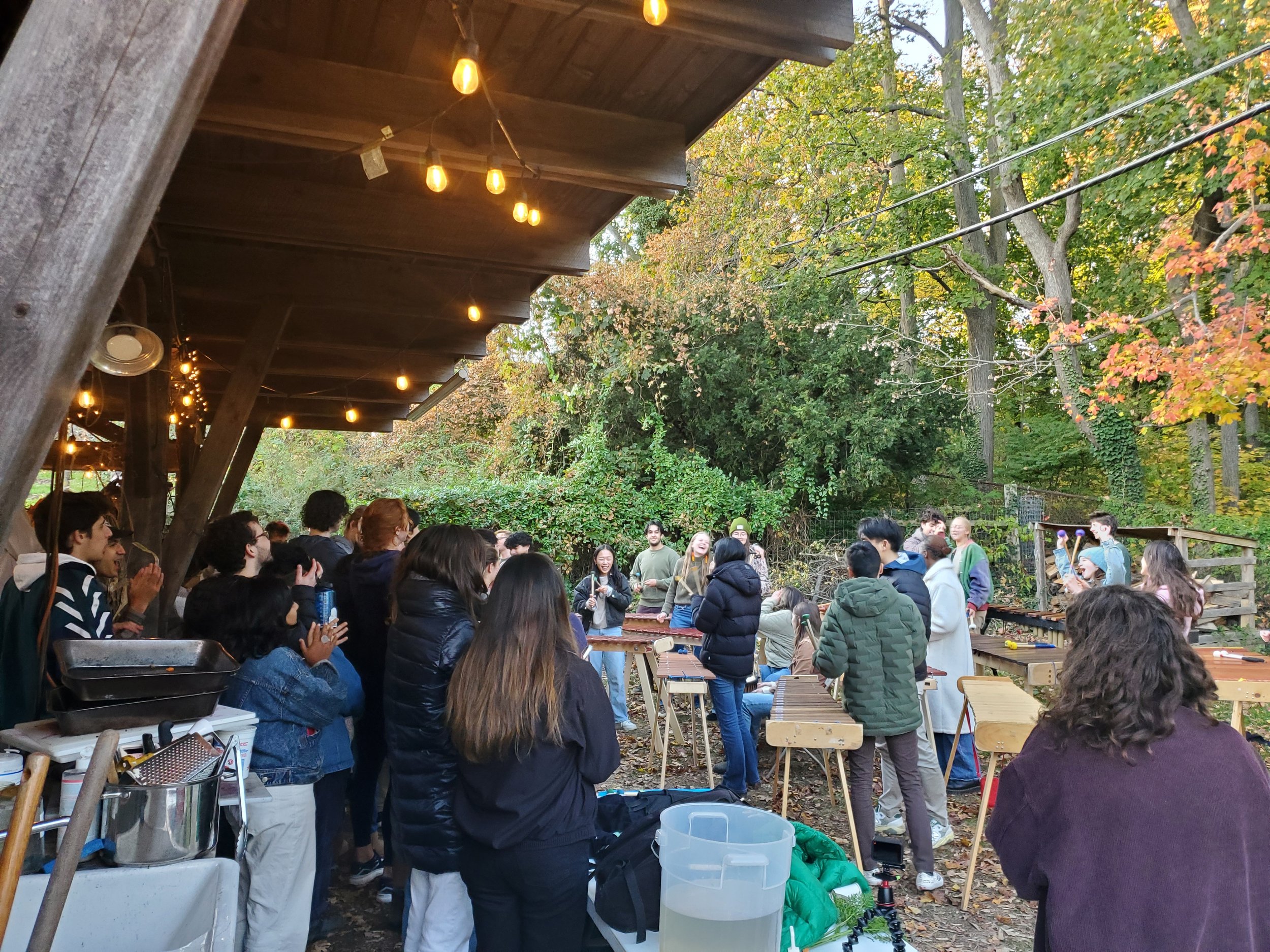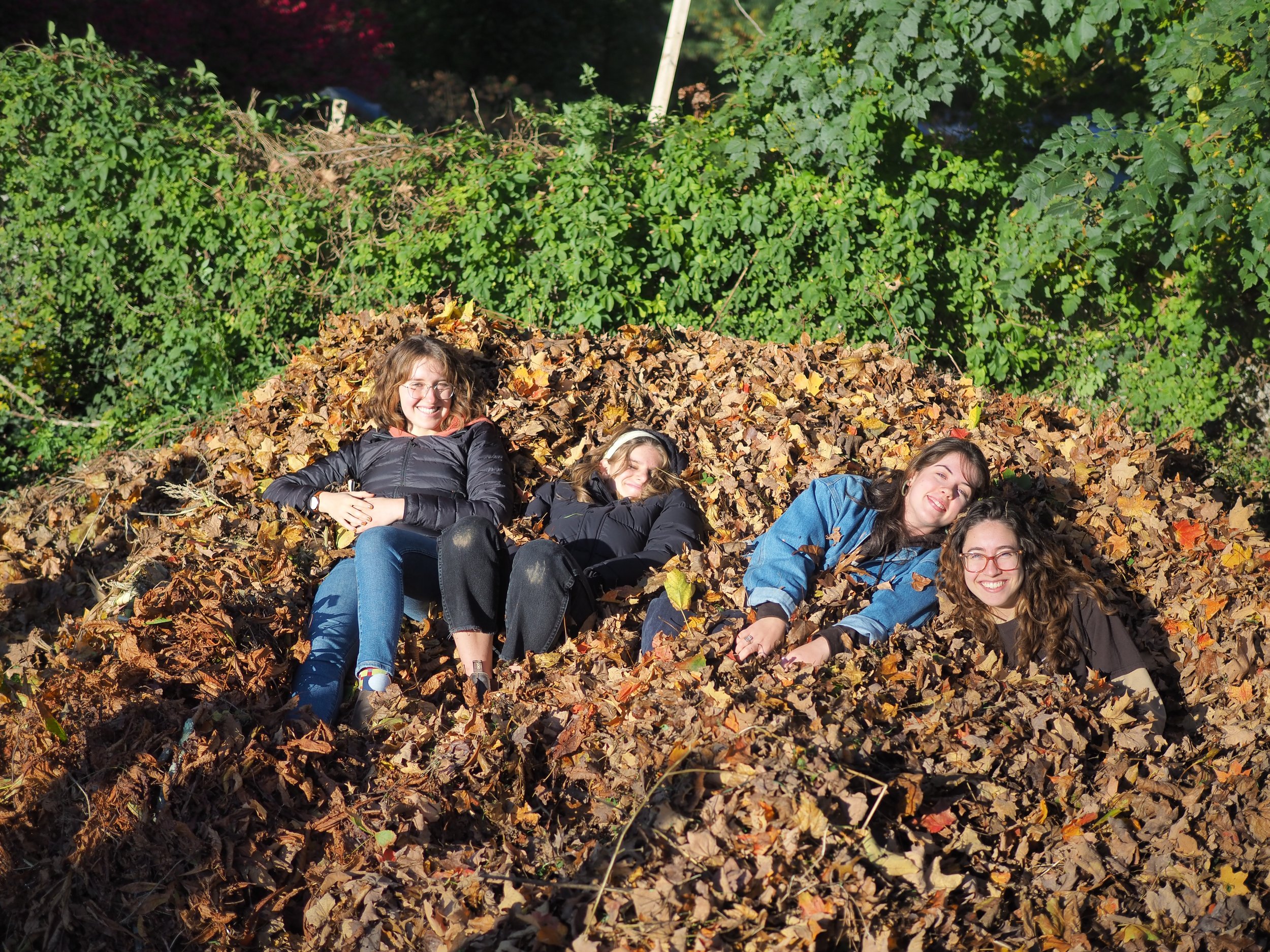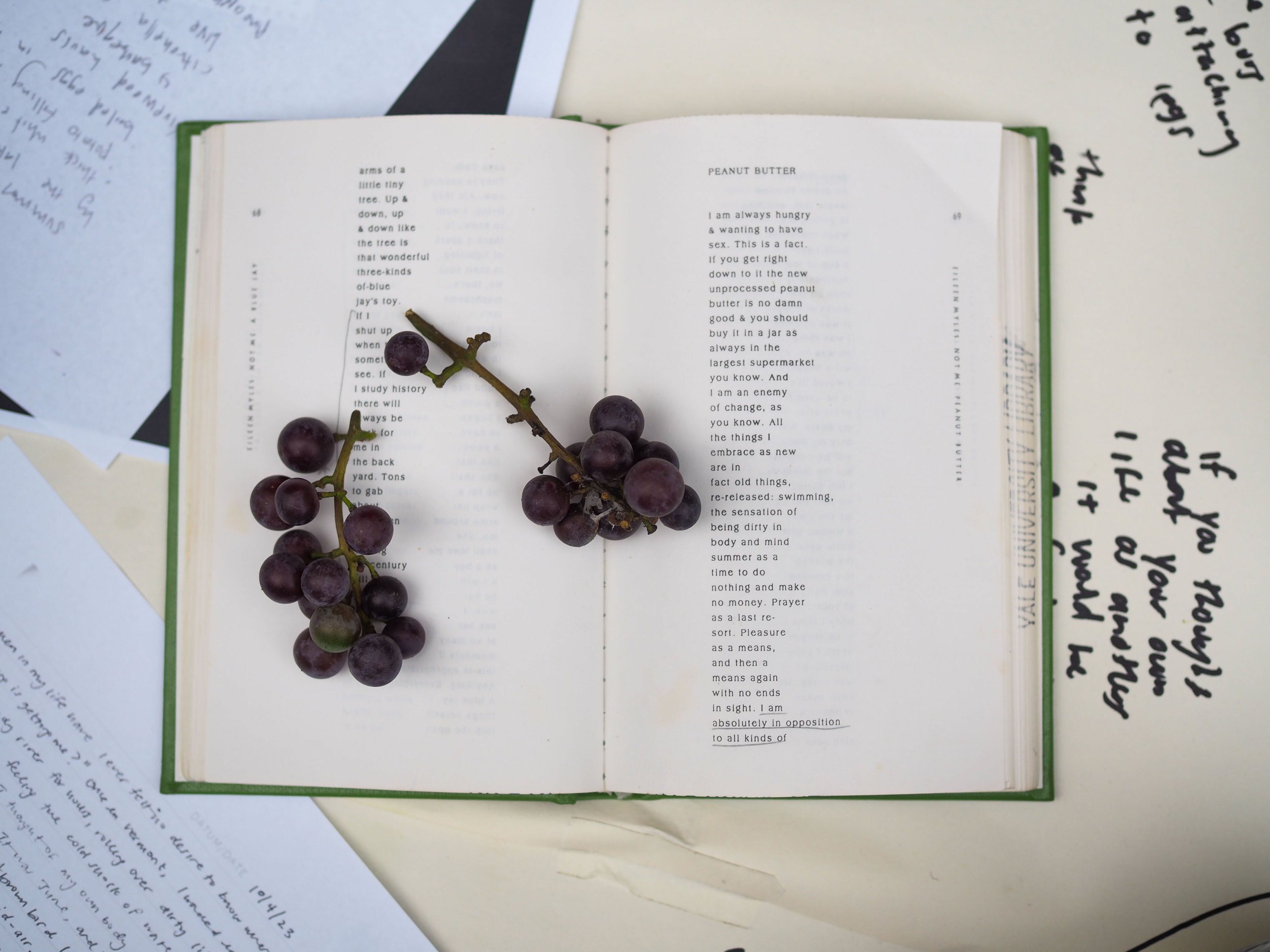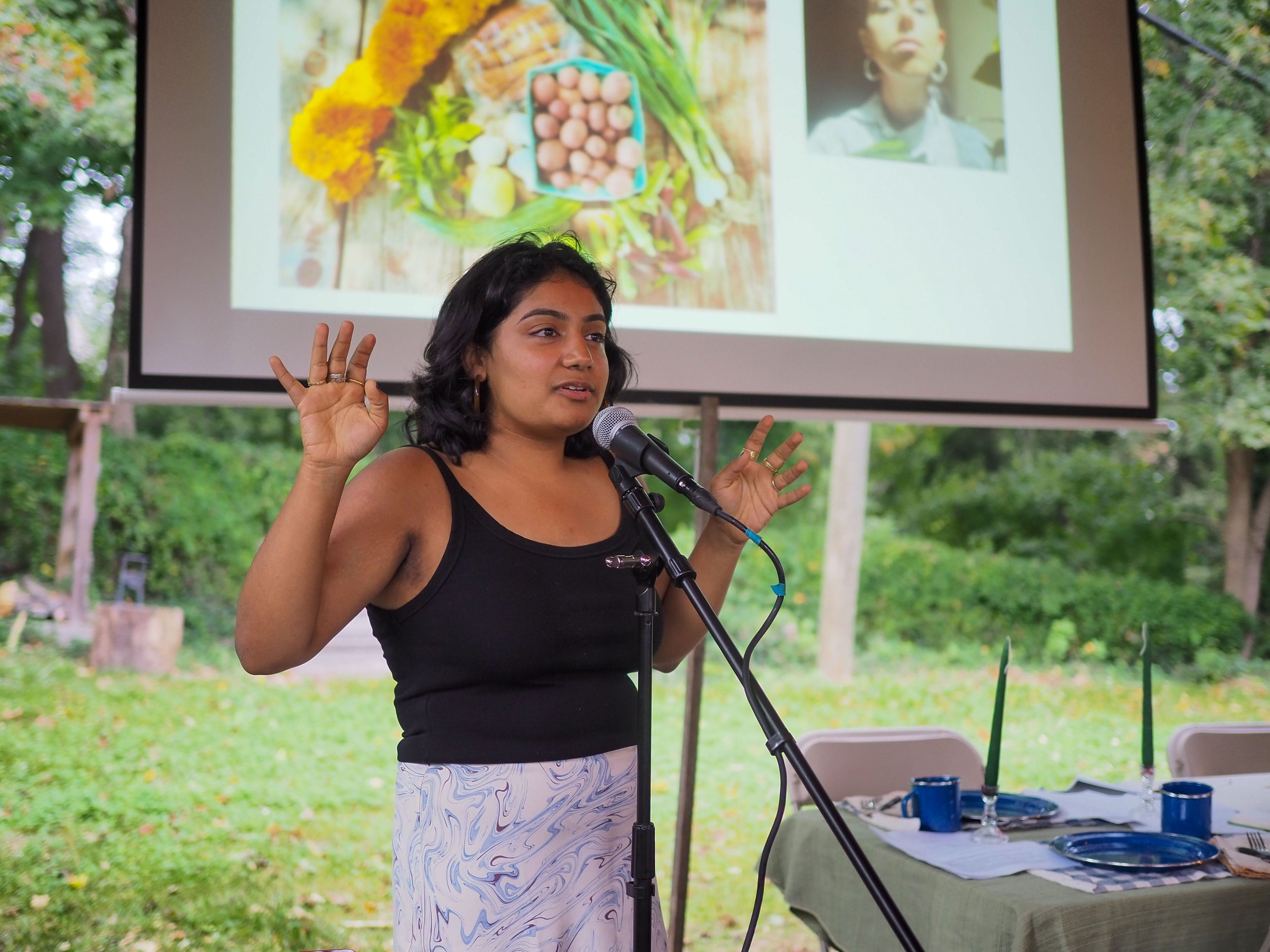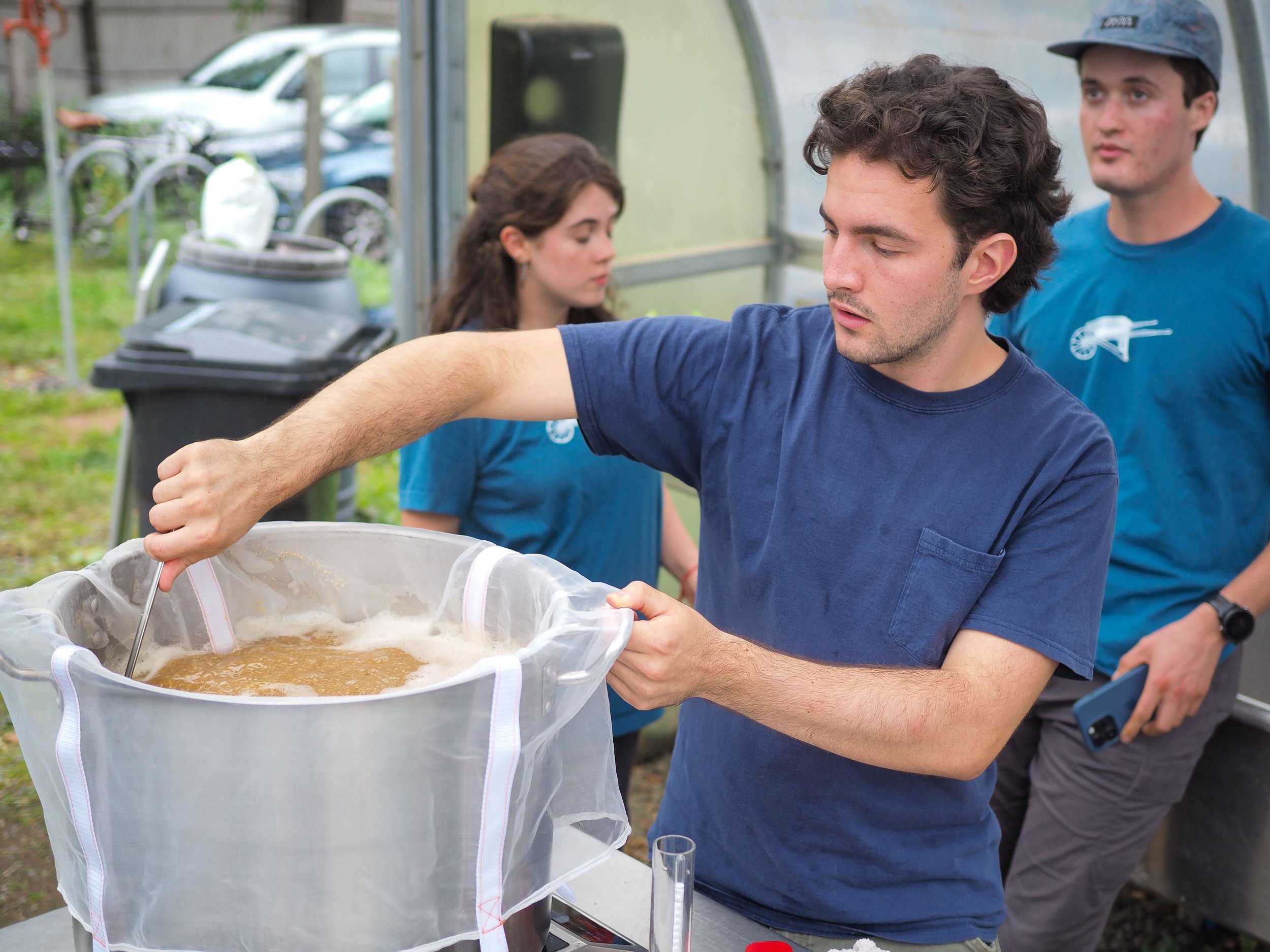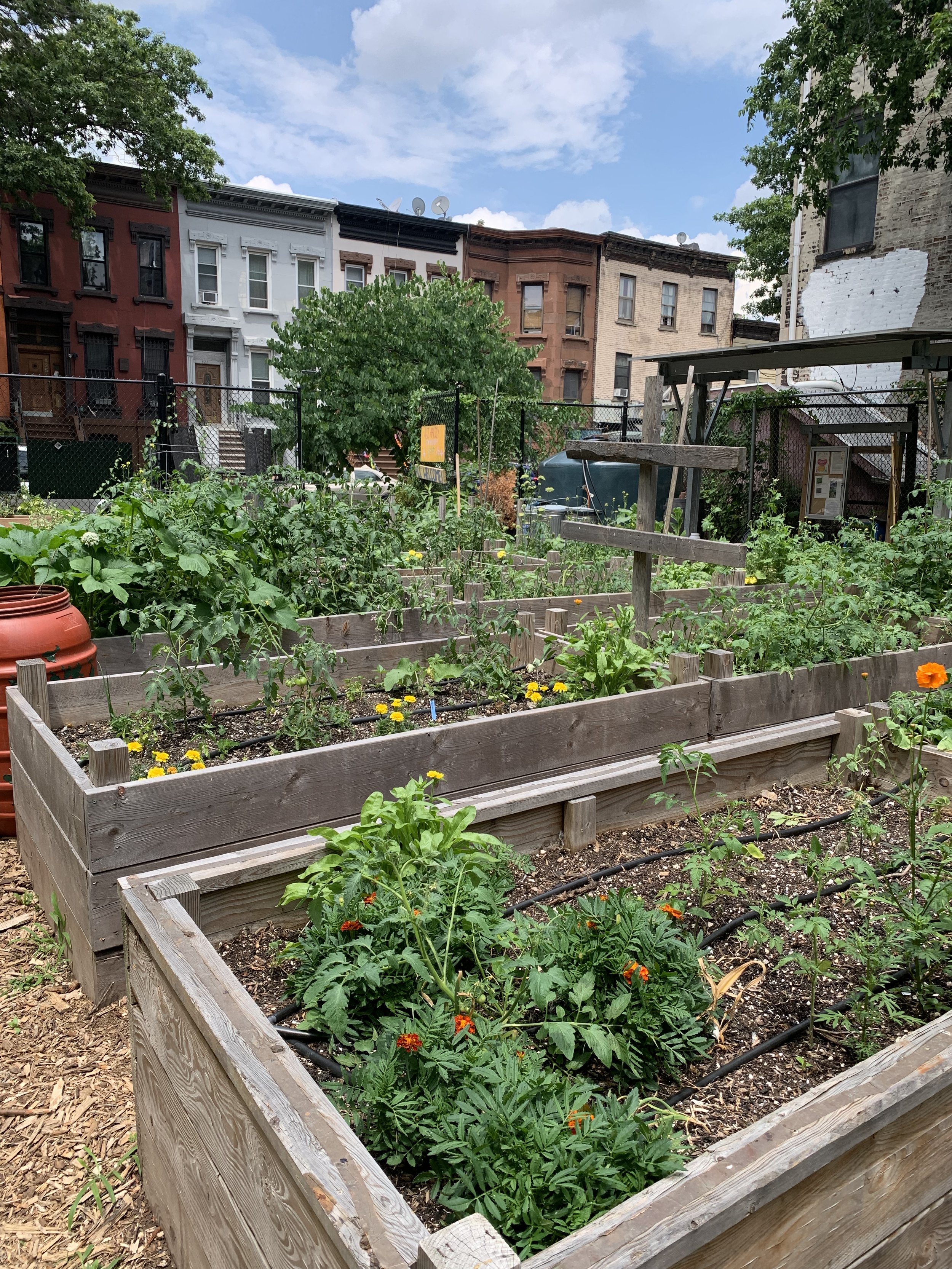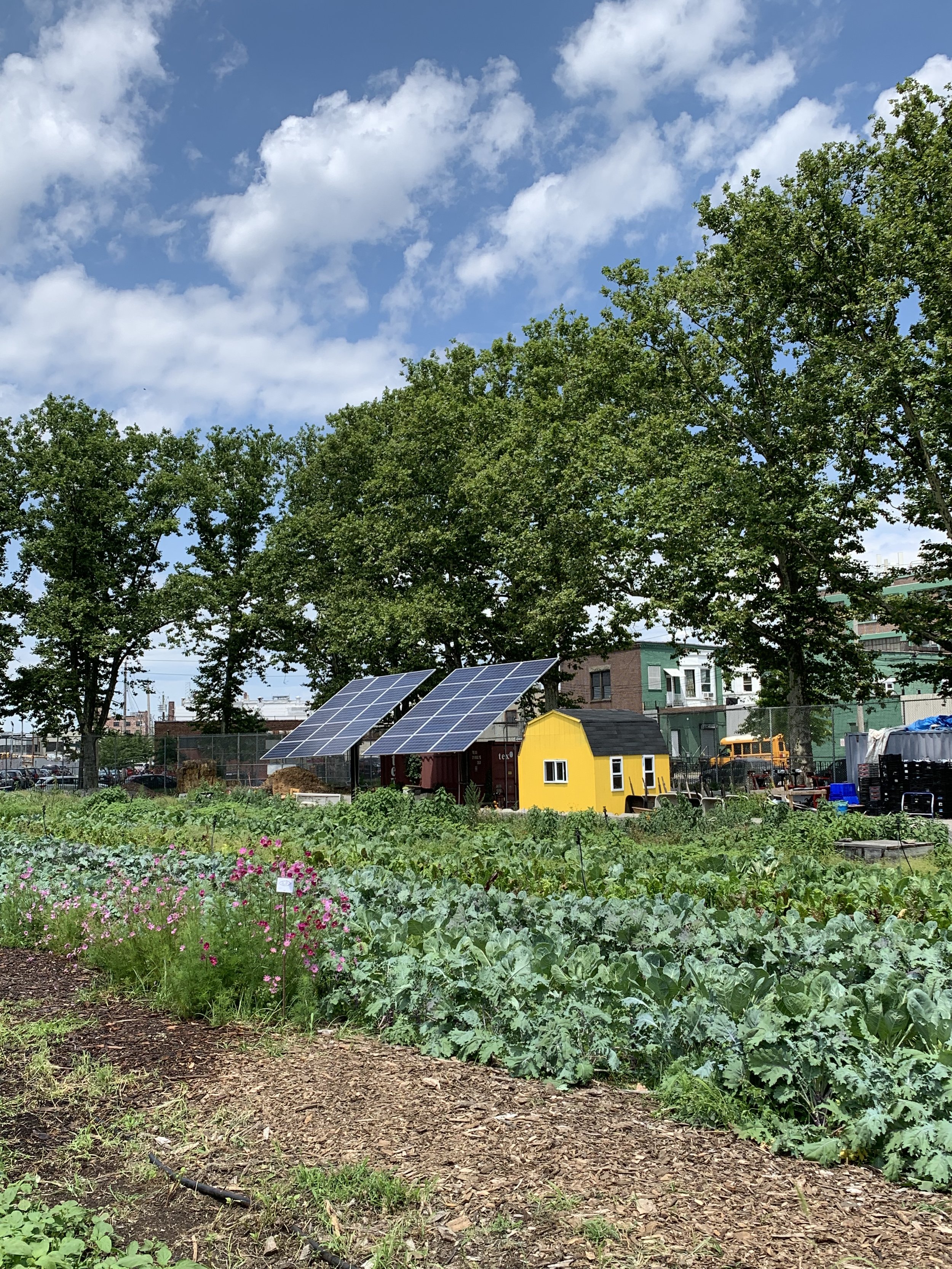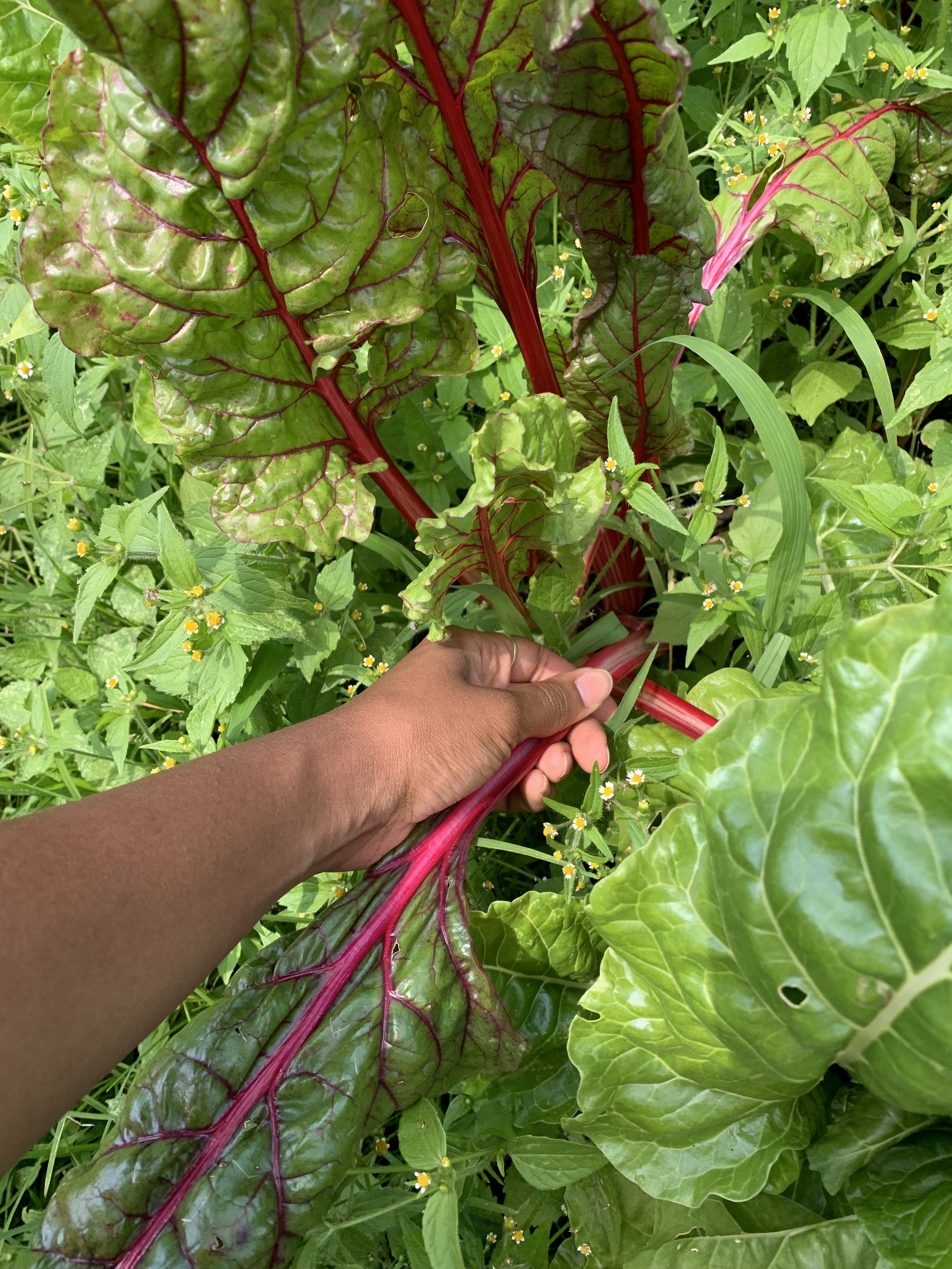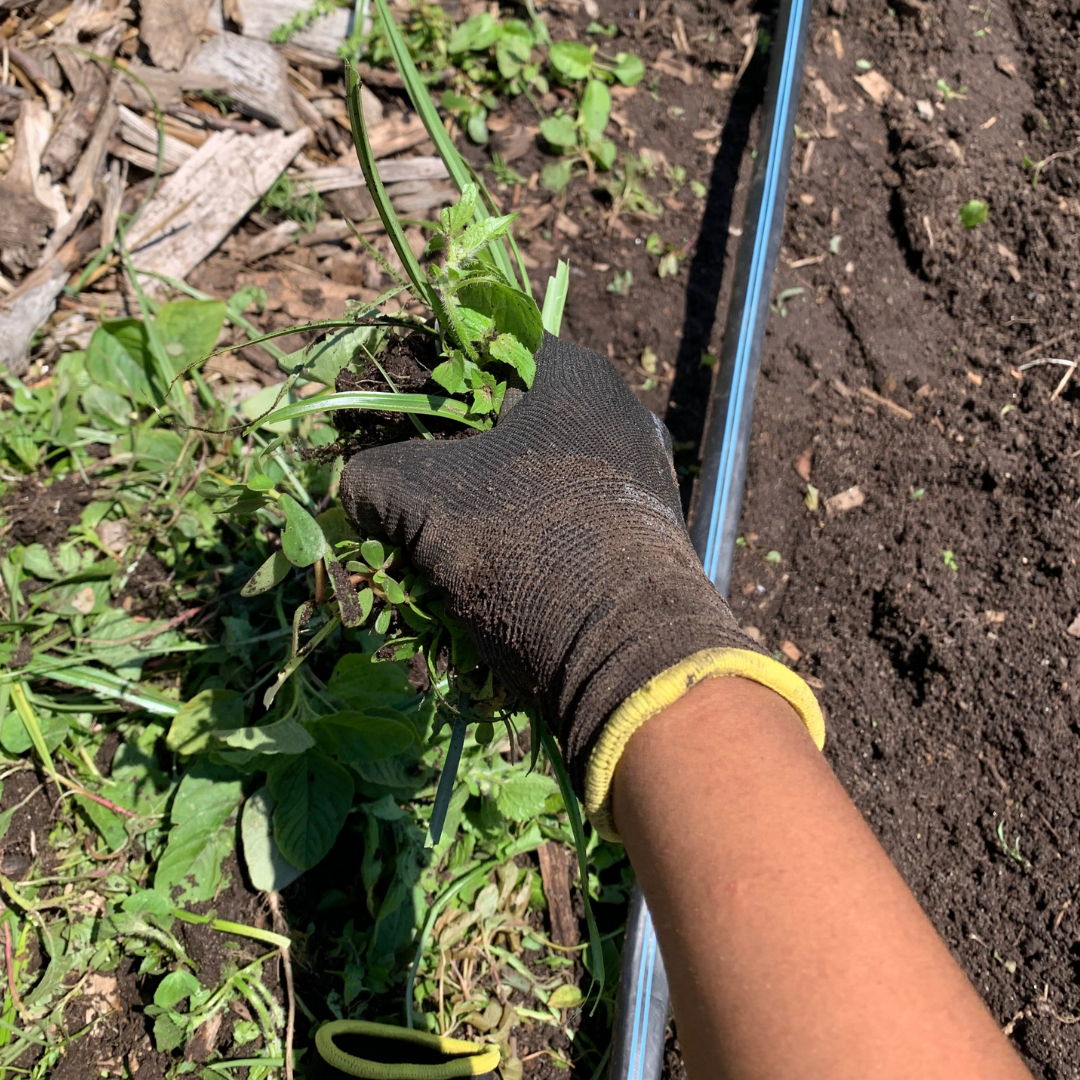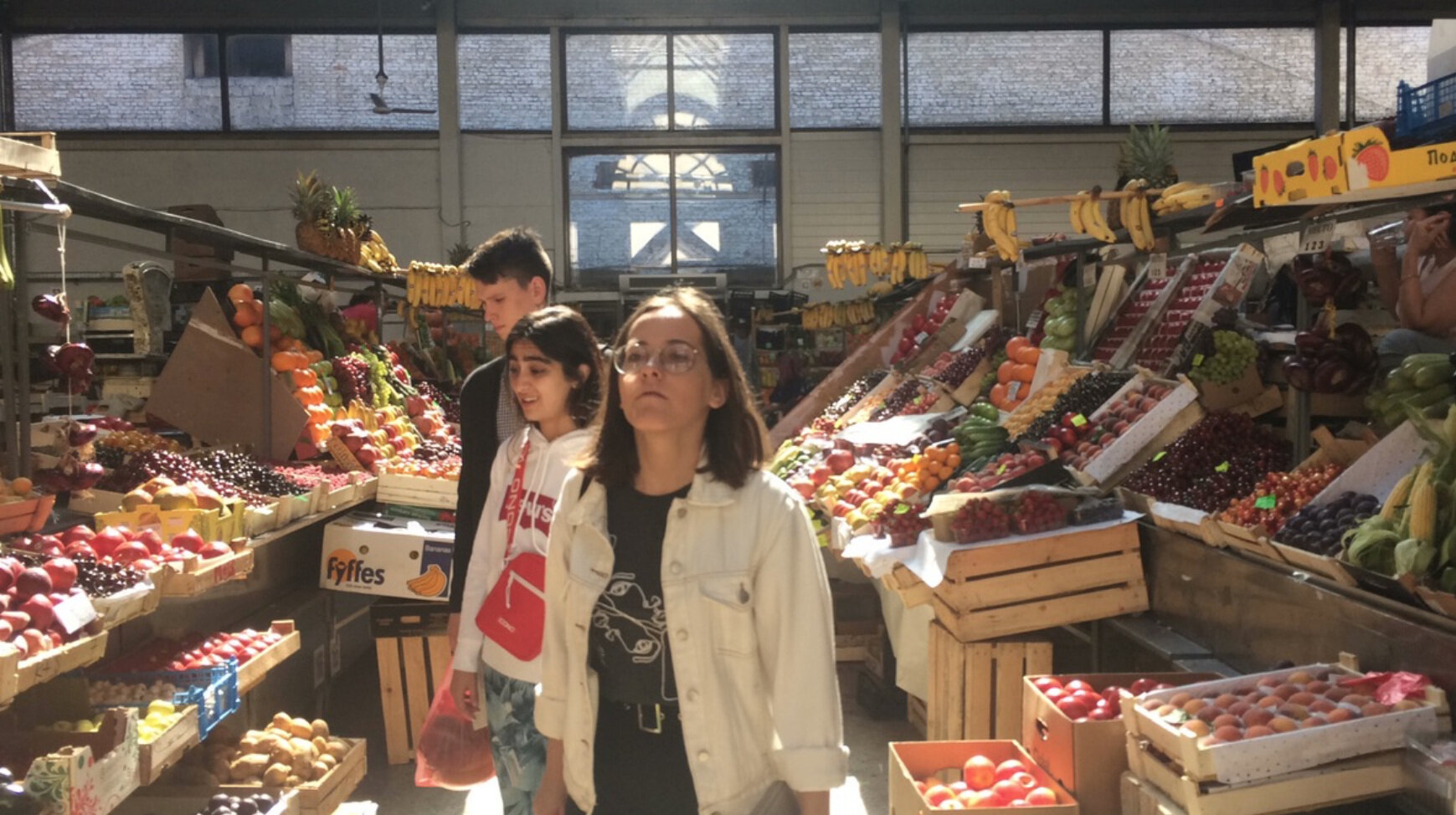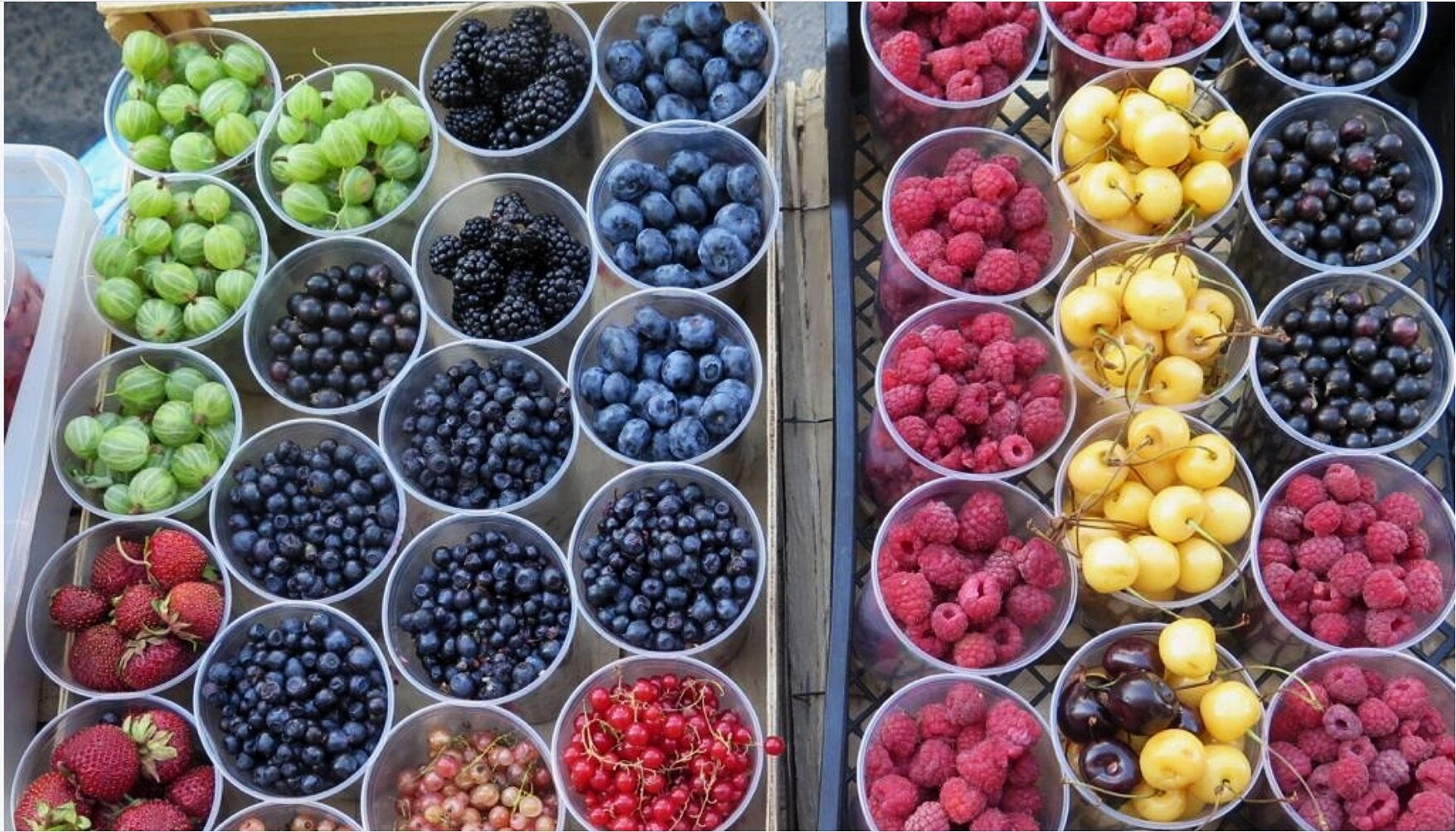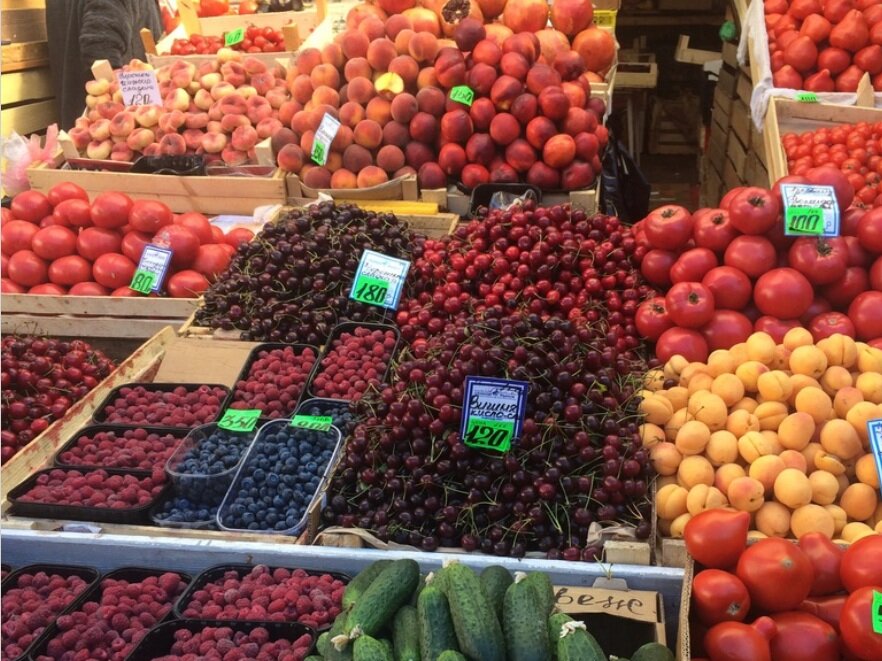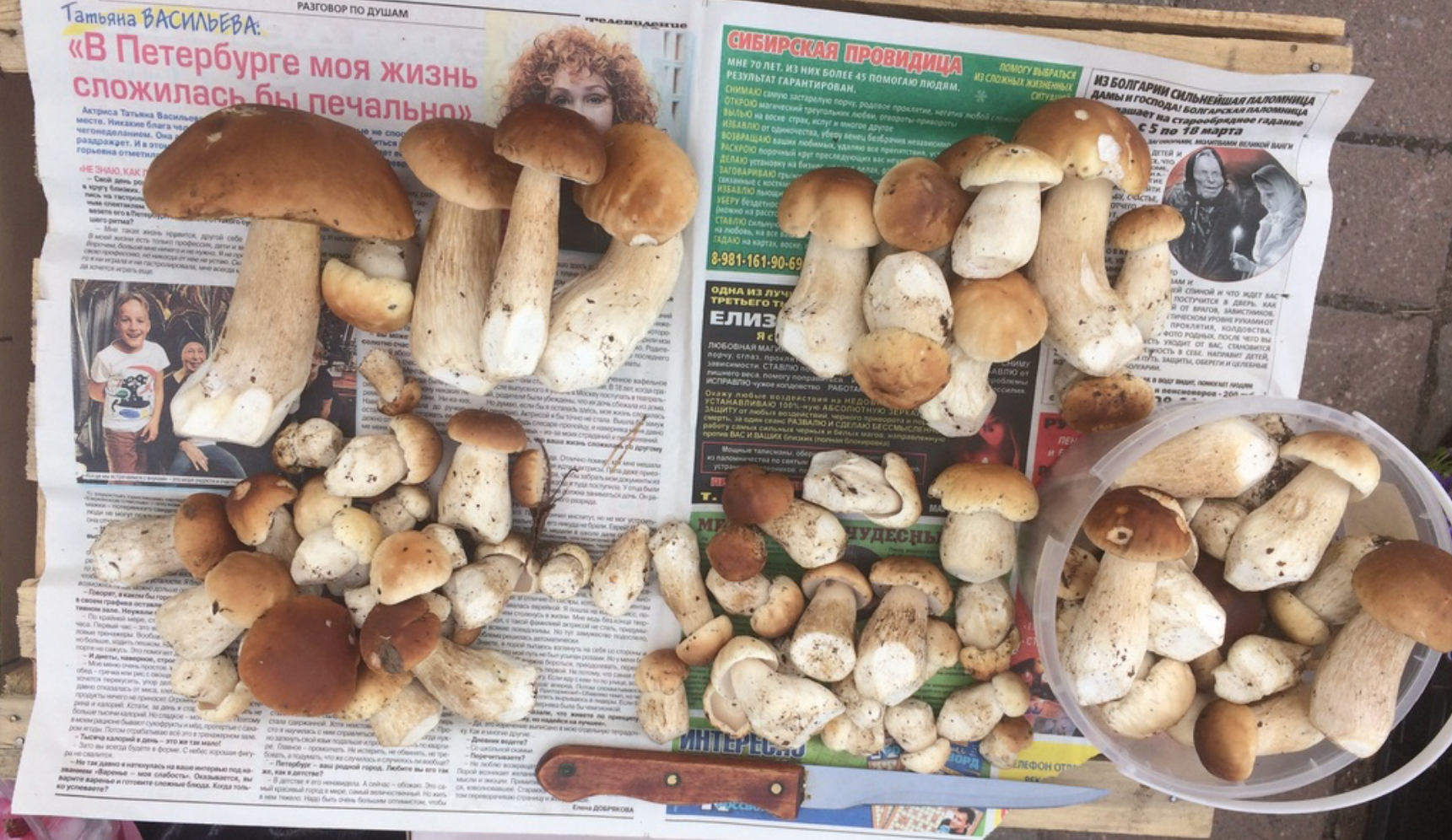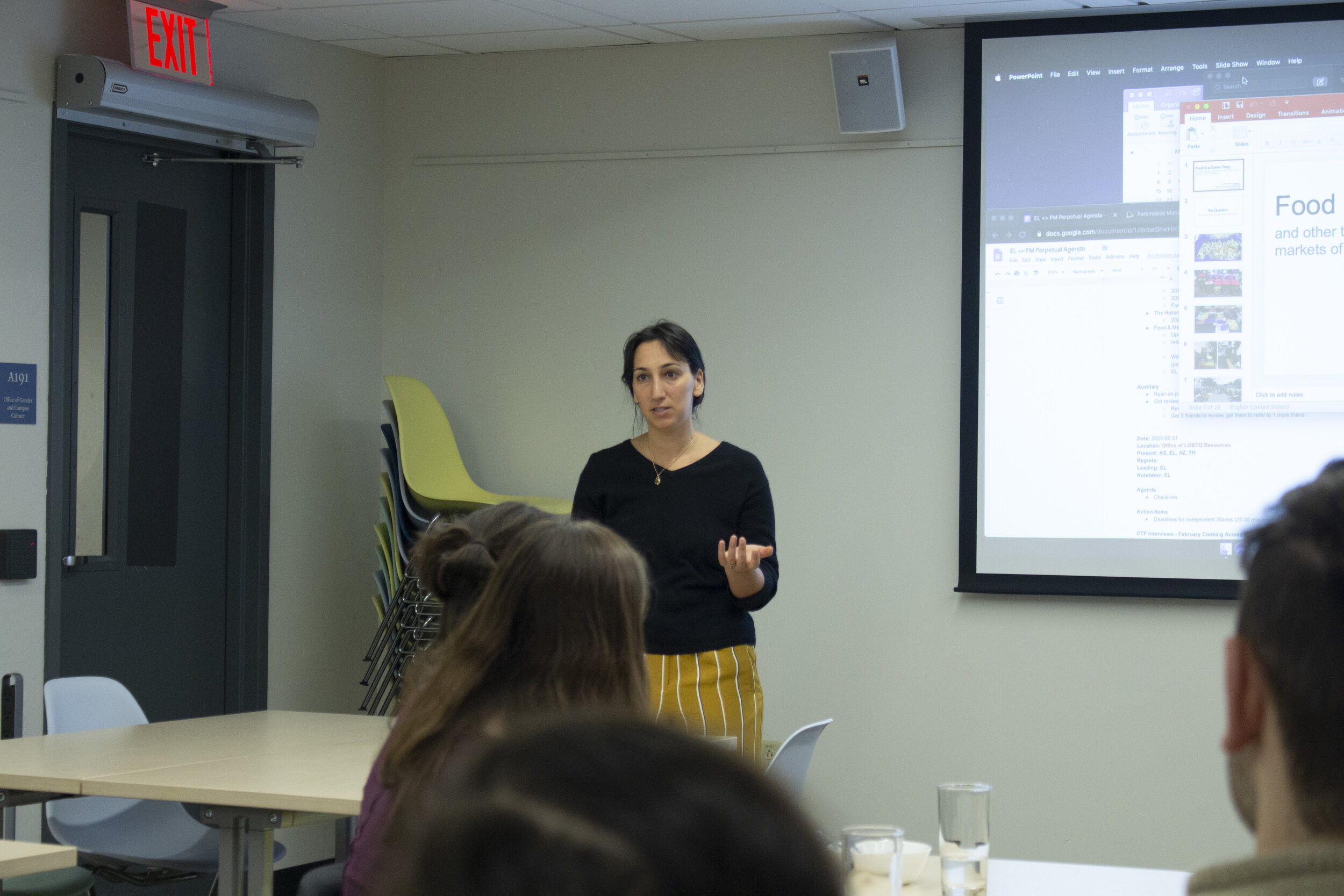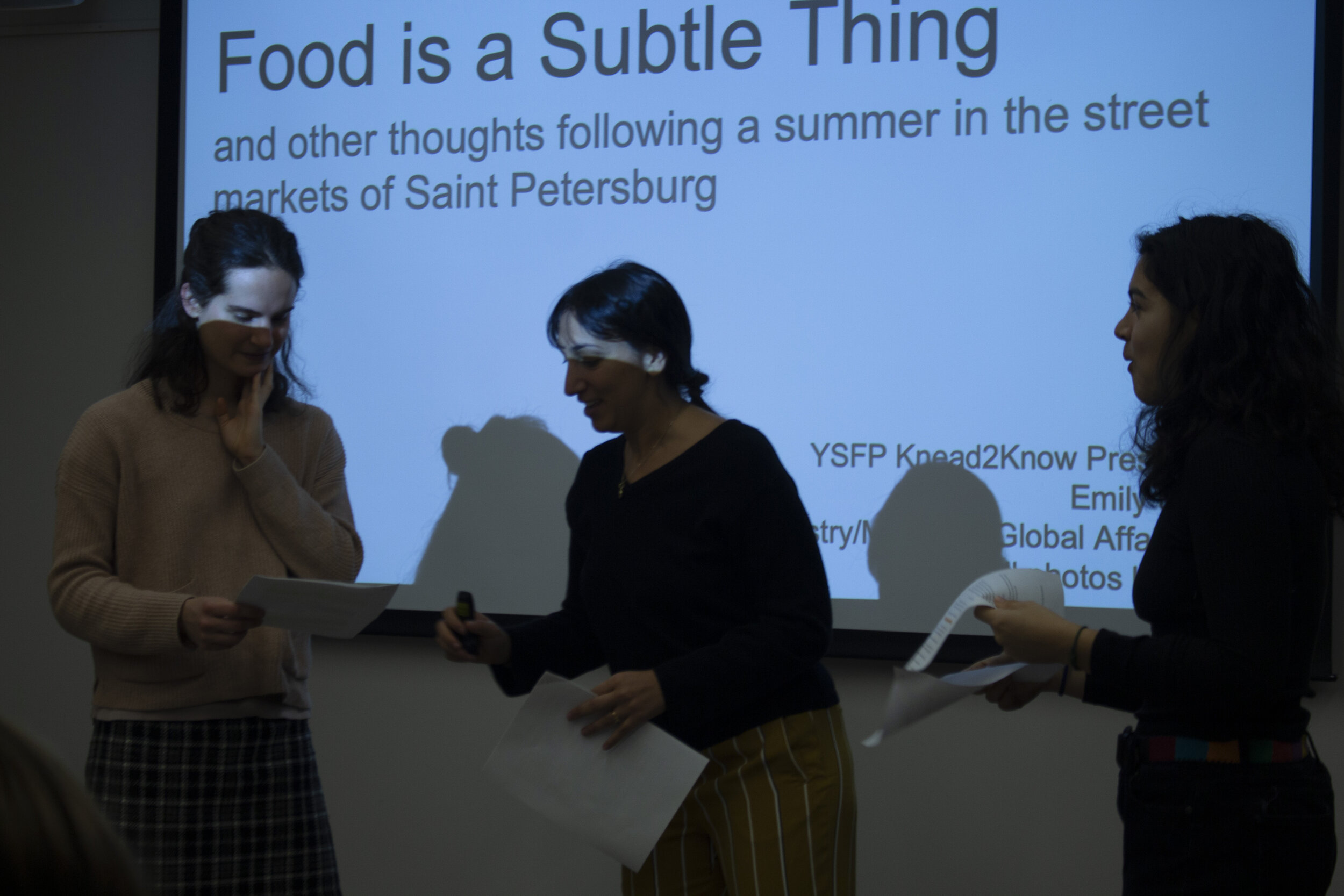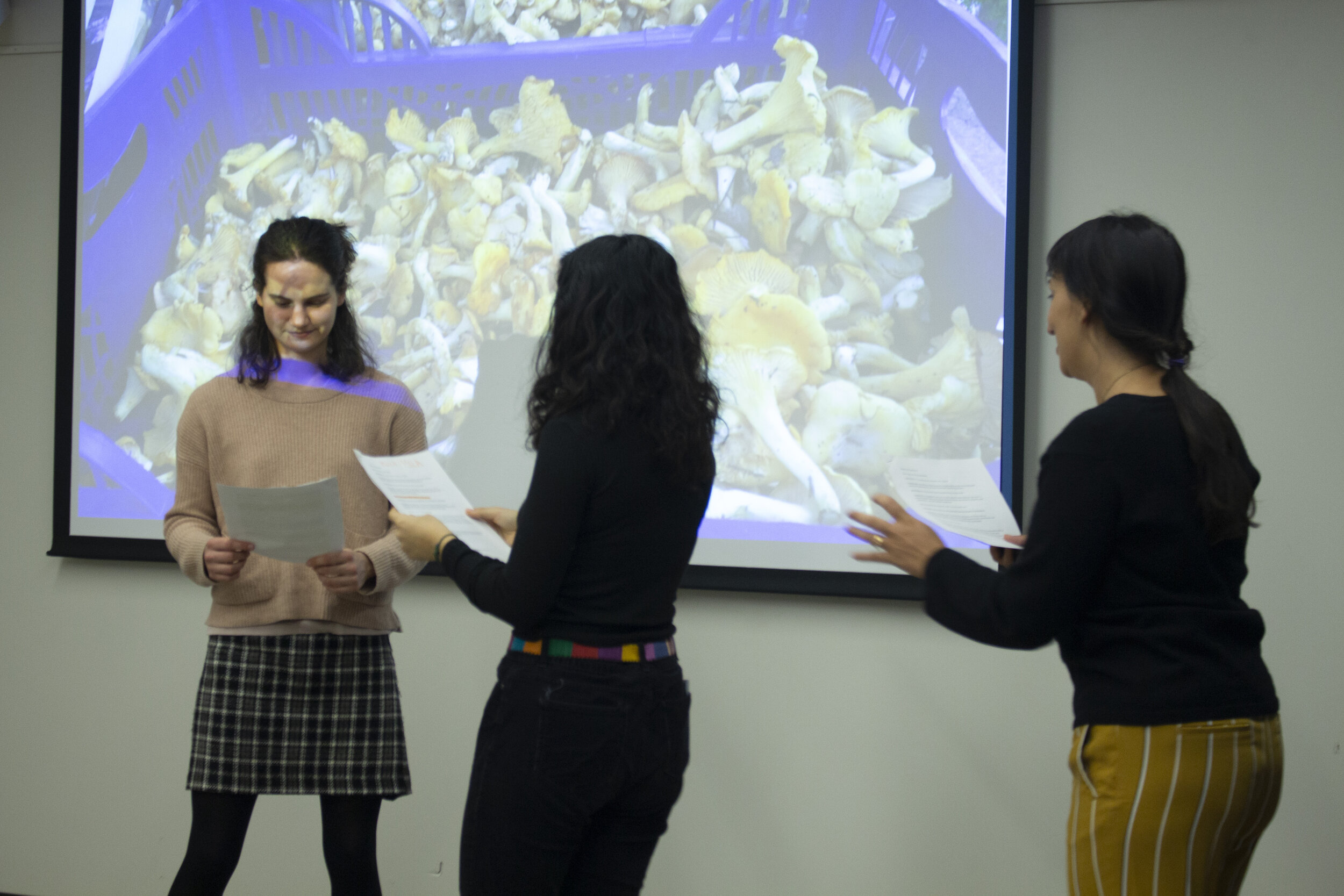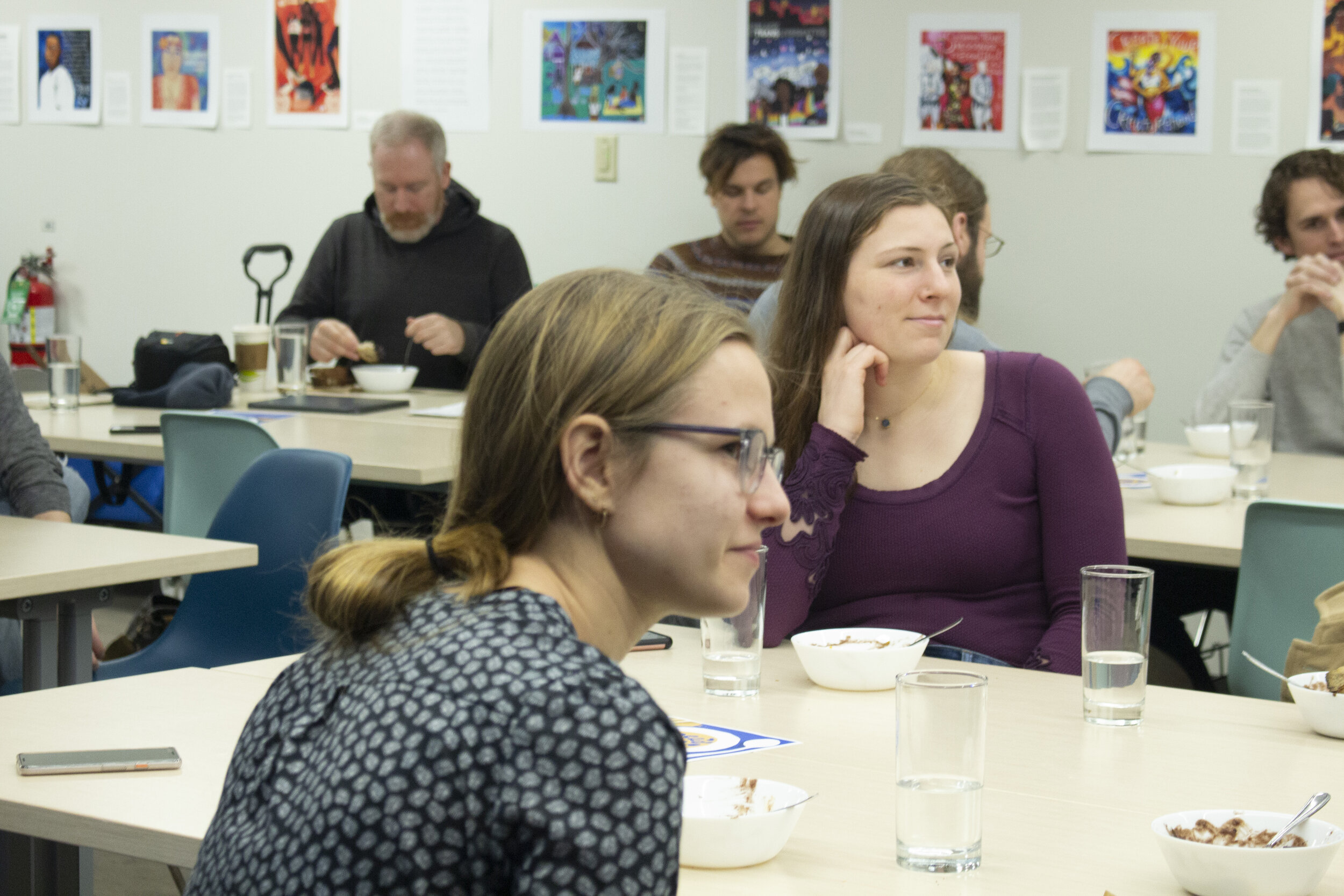Our Electric Future and Food Sovereignty
This post is part of Allie Douma's 2024 Global Food Fellowship.
As someone studying and working in the environmental field, I am constantly thinking about what our future holds. The impending climate crisis seems to creep closer every day. Many of my counterparts at school are focused on the much-needed transition to electric renewable energies and electric vehicles. This transition away from fossil fuels is essential. The fossil fuel economy has been unjust and has left many communities polluted and many of us wondering how we can get out of this difficult mess. Now, as we transition to renewable energies, new communities are faced with the burden of becoming “energy communities” and what that means for them. Many of these communities are not wealthy and now are being burdened with supplying the materials and energy for wealthier folks to maintain their lifestyles. They see very little of the profit themselves. It seems like we are telling the same story of extraction, but for a new era this time it is covered with a green veil signaling that these energies are clean and endless.
Over the summer I studied this tension by filming a documentary, called “Protecting the Land of Sky-Blue Waters”, about the advocates against a proposed copper nickel mine in Tamarack, MN.[1] Tamarack is in Aitkin County which is around 2 hours north of the twin cities surrounded by bogs, wetlands, agricultural fields, and lakes which are home to wild rice, an essential cultural and food resource for Anishinaabe people. Wild rice, which is called Manoomin or “the good berry,” is the reason that the Anishinaabe walked from the east coast to what is today Minnesota. Their prophets told them to walk where the food grows on water. That food was the Manoomin, and it has been the center of their culture and an essential food resource for generations. Every year Anishinaabe people begin their ricing season with a ceremony to pay respect to those who have come before and to thank the creator for the wild rice. As they rice, they intentionally knock rice back into the lake to reseed the rice for the next season.
The Anishinaabe have been able to maintain their ricing traditions partially due to the 1855 treaty.[2] The 1855 treaty established both the Leech Lake reservation and the Mille Lacs Reservation and granted the Ojibwe of Minnesota their rights to fish, hunt and gather on the lands they ceded to the government. The Talon metals mine may impact the Ojibwe treaty rights by limiting the Ojibwe’s ability to harvest wild rice and fish on their land and by polluting their resources. Wild rice is extremely sensitive to sulfides in the environment and many lakes in the Great Lakes region have already lost their wild rice resources.
Talon Metals is purporting that this mine is necessary for the domestic production of critical minerals or minerals that are important for electric powered vehicles and other renewable energies. Talon is stating that the world simply needs to mine today so that the next generation does not have to, but they fail to take into account that there is no evidence of a high sulfide mine not polluting in a water rich environment. They fail to understand that mining today could impact a cultural and food resource for future generations. Furthermore, it is projected that there needs to be a 40% increase in the production of copper and nickel to reach the renewable energy goals, but this mine would not get us much closer to that goal. Currently the United States only accounts for 5% of worldwide copper reserves and copper recovered from scrap metal contributed 33% of the U.S. copper supply in 2024. There are also predictions that electric vehicle companies will continue to find ways to use less and less copper, so while the projections for copper currently are high that will continue to change as the technology changes.
There are so many potential issues with the mine—from increased noise and air pollution to the fear that the company may continue to increase their mining site, as has been done in the past. While Talon is saying that this mine will be beneficial for jobs and for the electric future, there are still so many questions to be answered. Community concerns about the potential of pollution from the ore processing led Talon to propose to transport the ore to a processing facility in North Dakota, which has a much drier environment. The company seems to be trying to adapt to the concerns of the citizens, but many of the folks that I spoke to remain concerned. They fear that if something does happen, if there is an increase in sulfides that wild rice resources could be lost in the region forever and in a changing climate, indigenous food sovereignty is already being threatened.
We are in a time of change. Business as usual is not going to solve the problems that the fossil fuel economy created. We must start thinking creatively and listening to Indigenous people who have been living in harmony with their ecosystems for generations. We have to prioritize our food, water, and air. My summer working with these advocates reinforced the power of listening, listening to community members, listening to our environment, and listening to the past to help inform our future. We have the power to choose what the electric future will be and we must center the voices of those who have been harmed by the past to ensure that the future is different.
While I sometimes get overwhelmed with these questions of what the future of our energy system holds this summer also made me hopeful. People reminded me that we have so many solutions already in motion. We have electric resources that we can recycle, we can learn how to use less materials in our batteries, we can create more public transportation to limit our need for personal vehicles and we will continue to create new solutions together.
I want to thank the Tamarack Water Alliance, The Mille Lacs Band of Ojibwe, and the Big Sandy Lake Band of Ojibwe for welcoming their land and speaking with me about their work and advocacy. I also want to thank my funders the Global Food Fellowship, The Mobley Family Environmental Humanities Program, and the Franke Public Humanities program for making this possible. My documentary, “Protecting the Land of Sky-Blue Waters” will come out this spring and will highlight these community voices to help us all question what our electric future should look like.

































